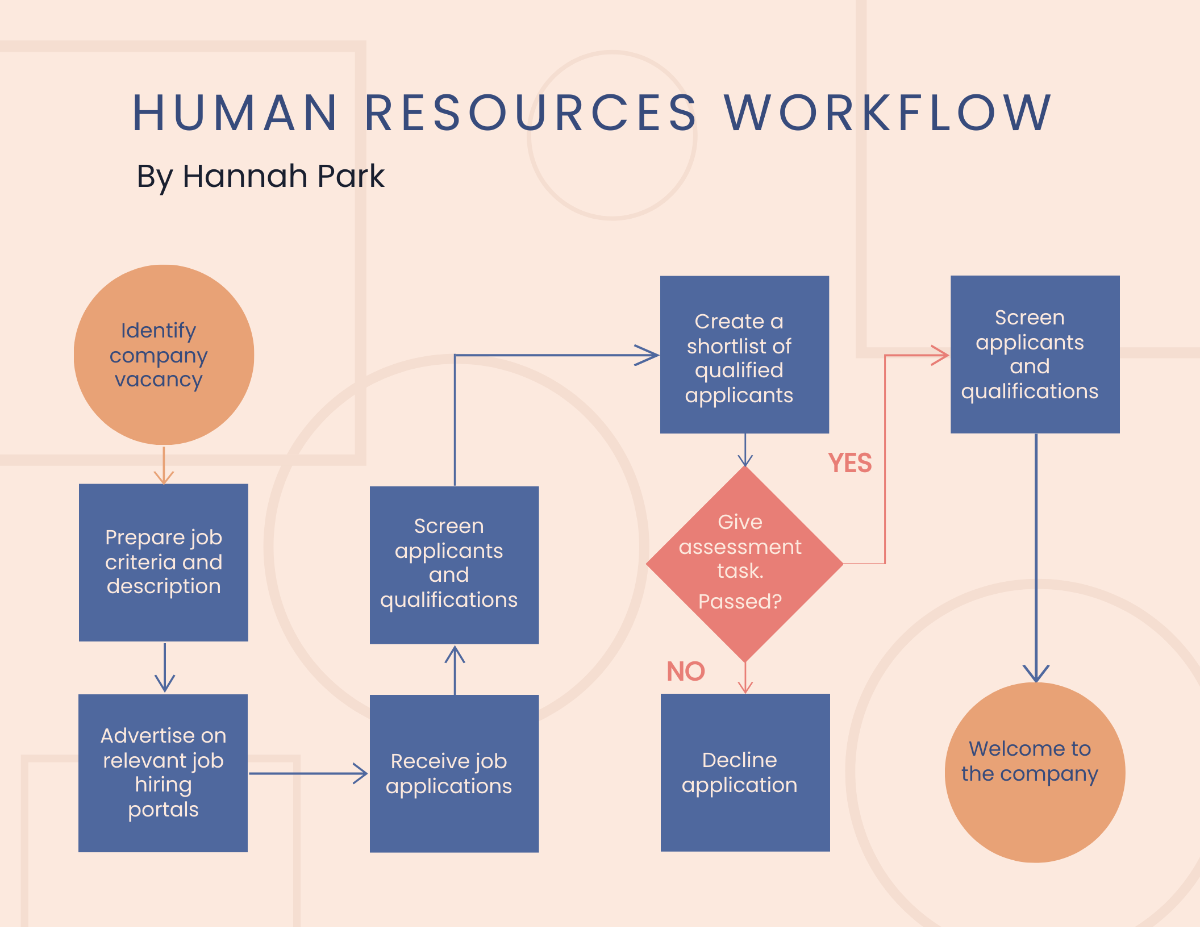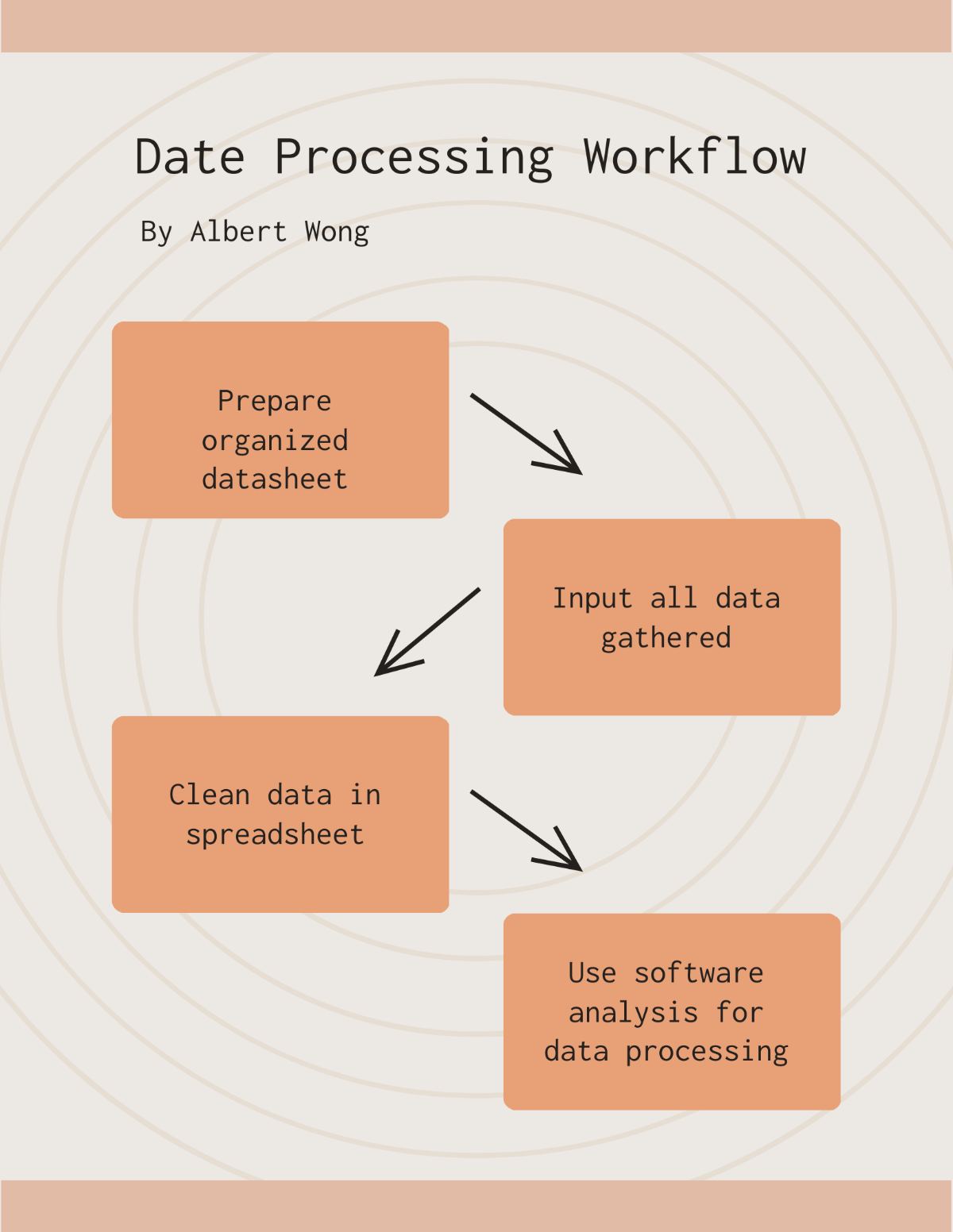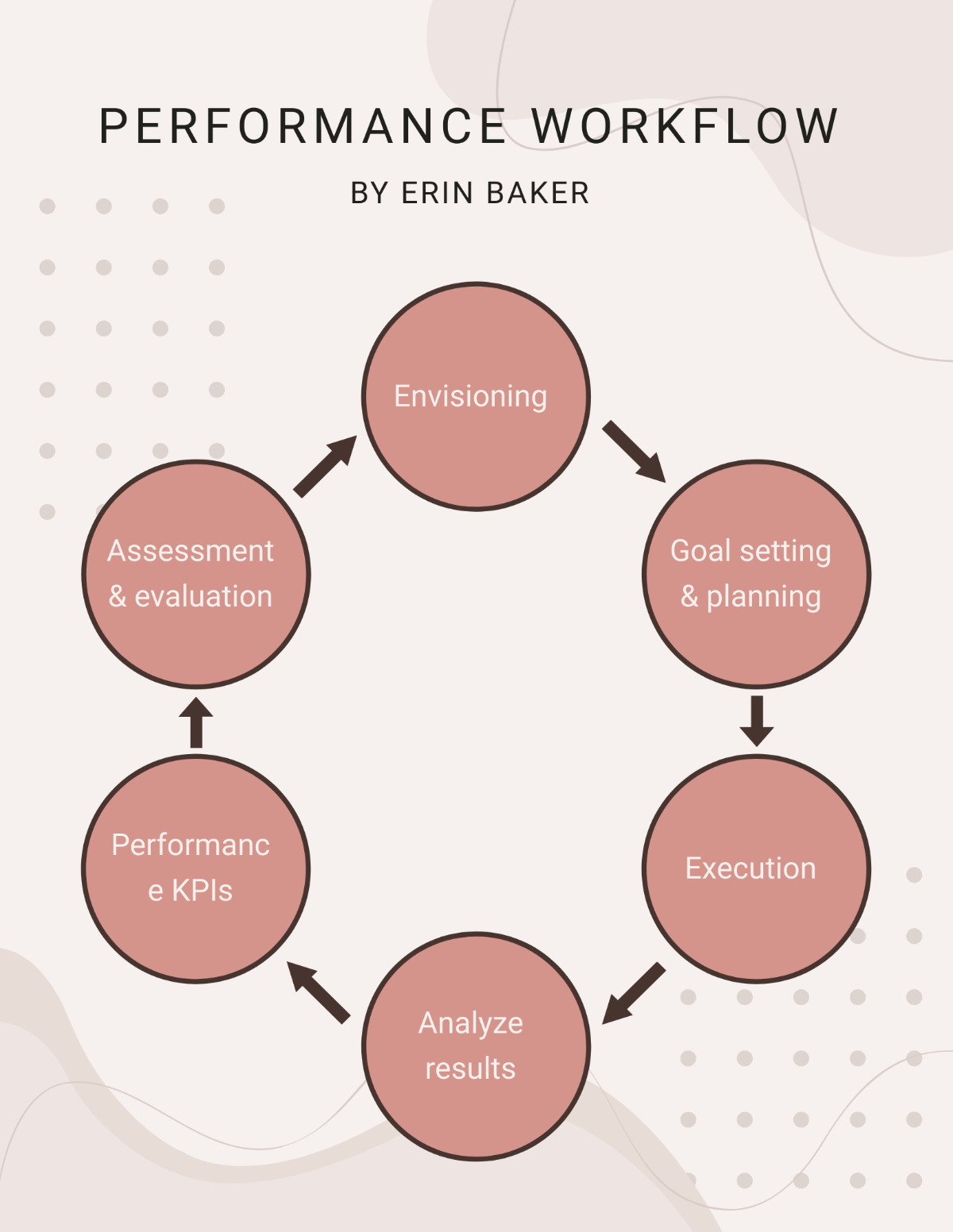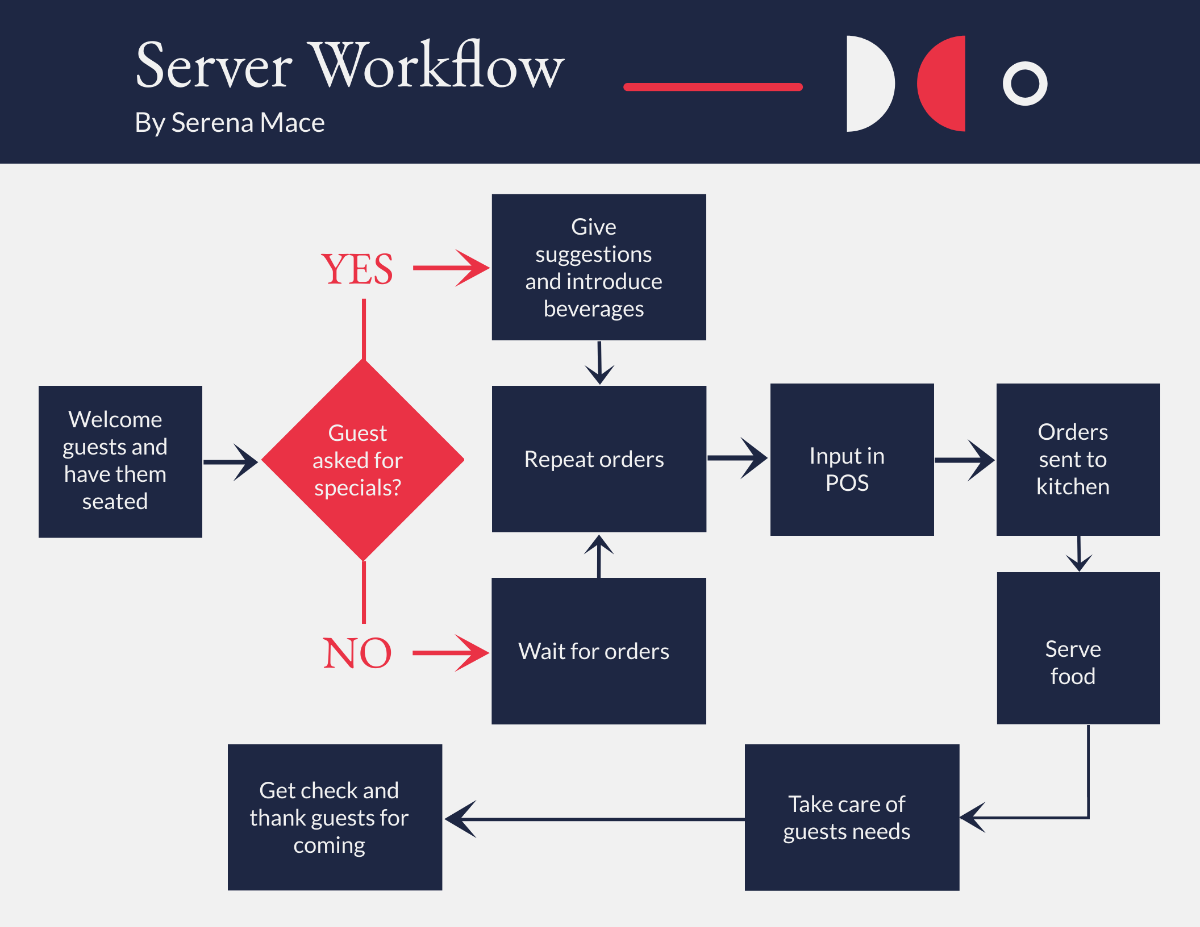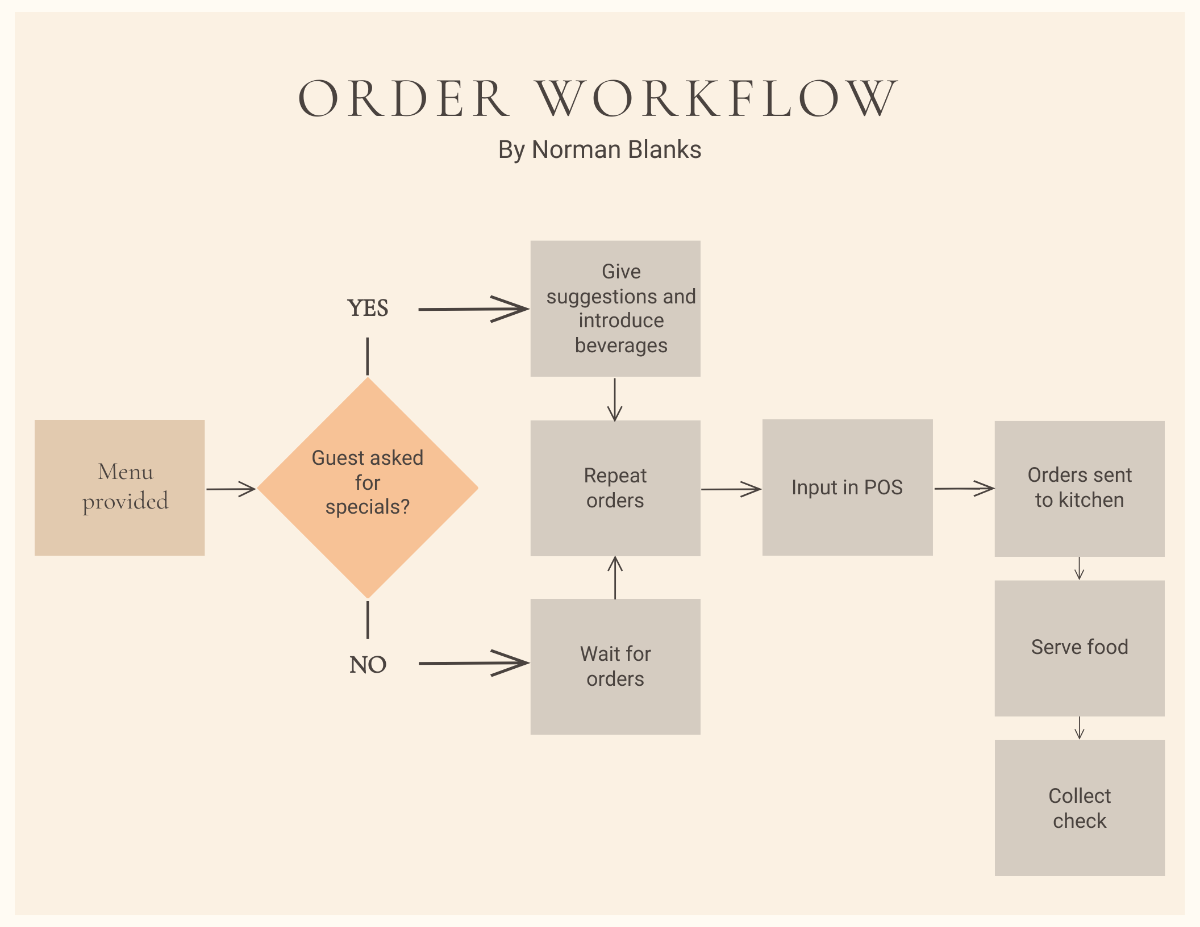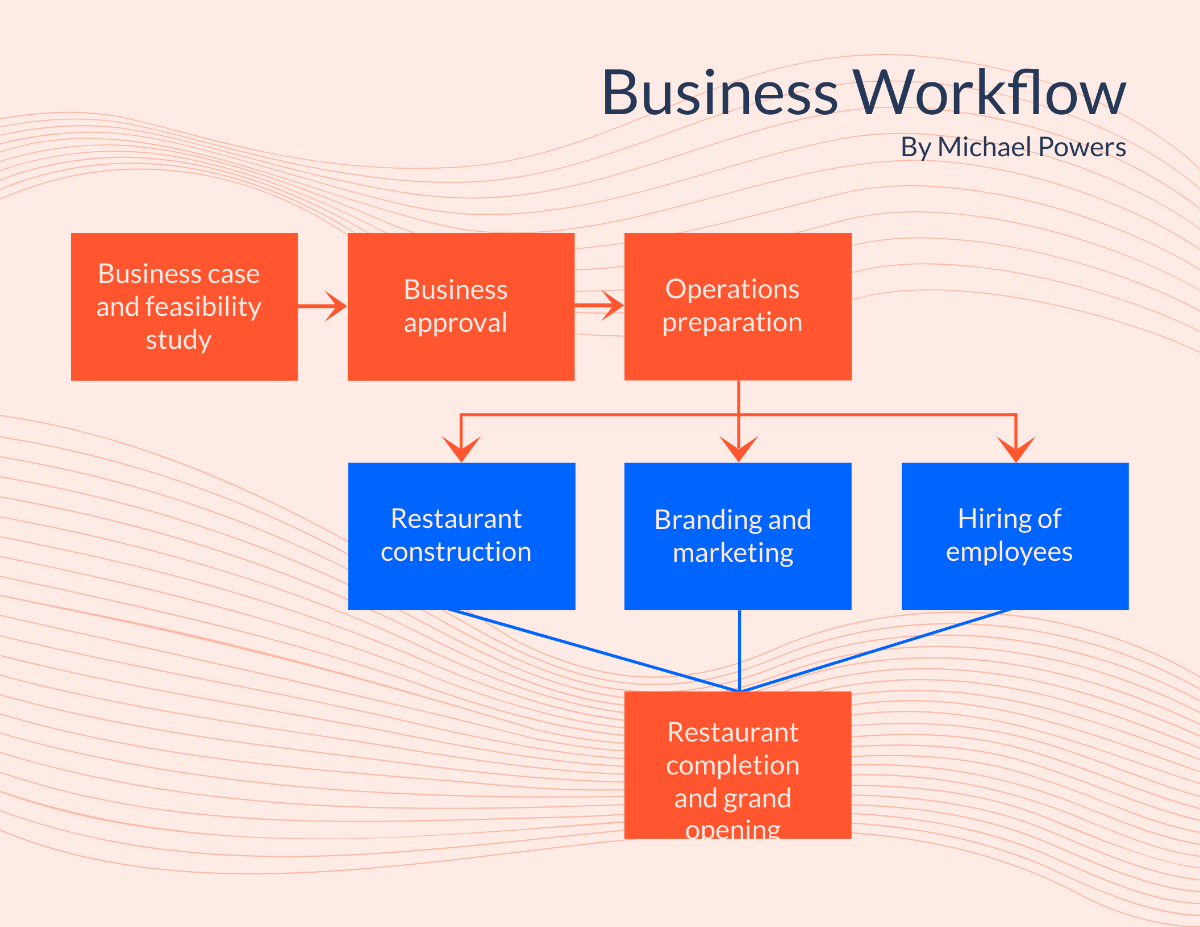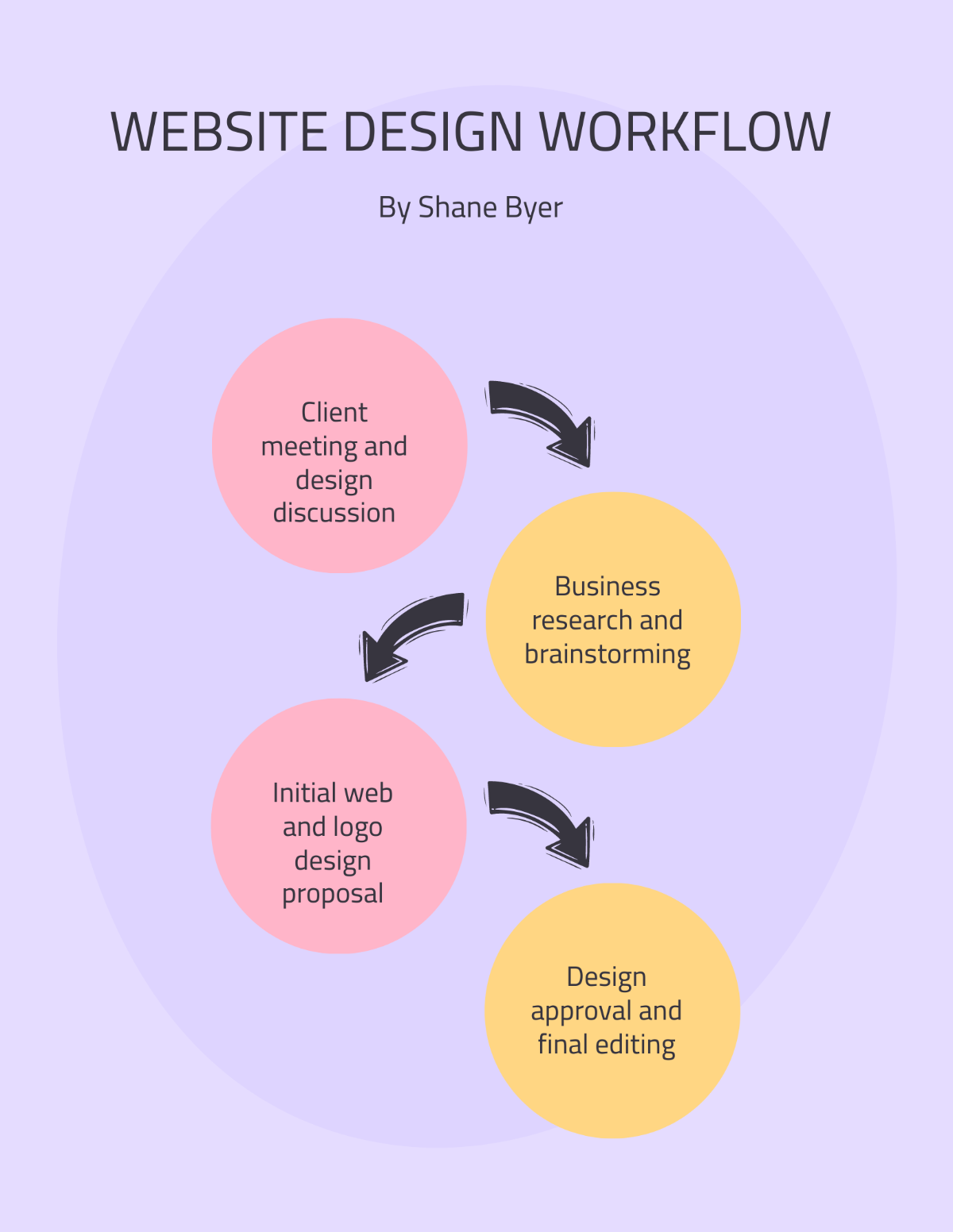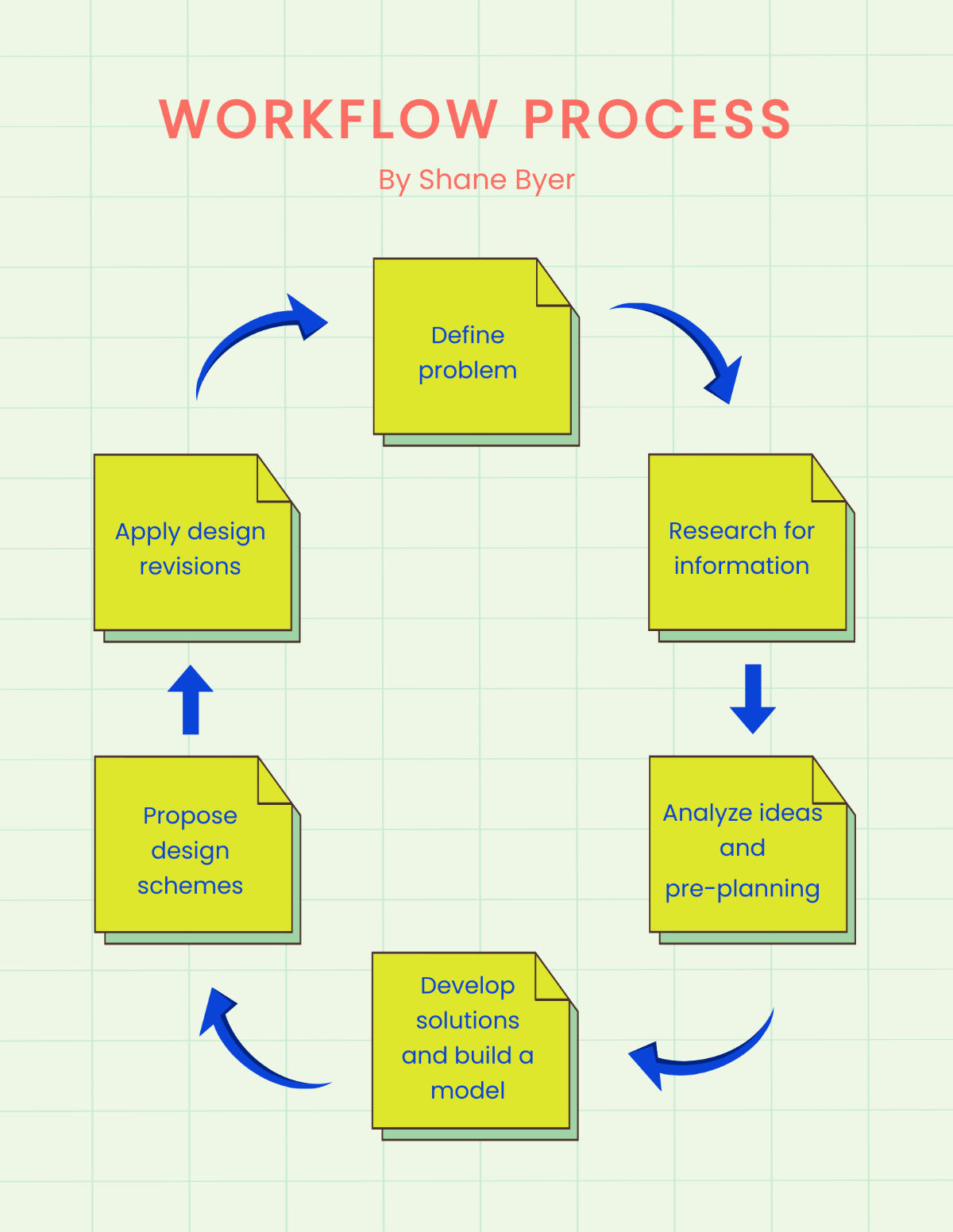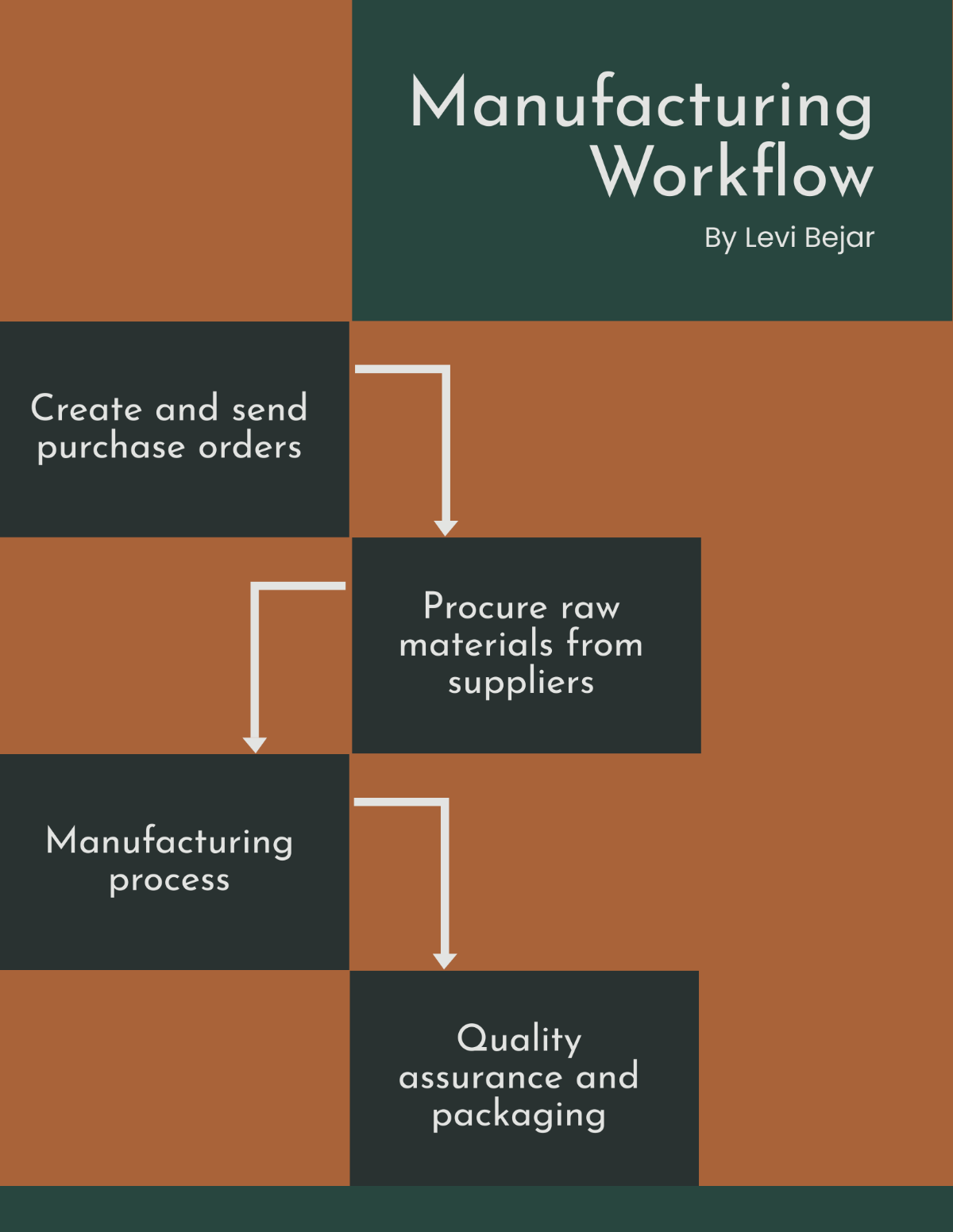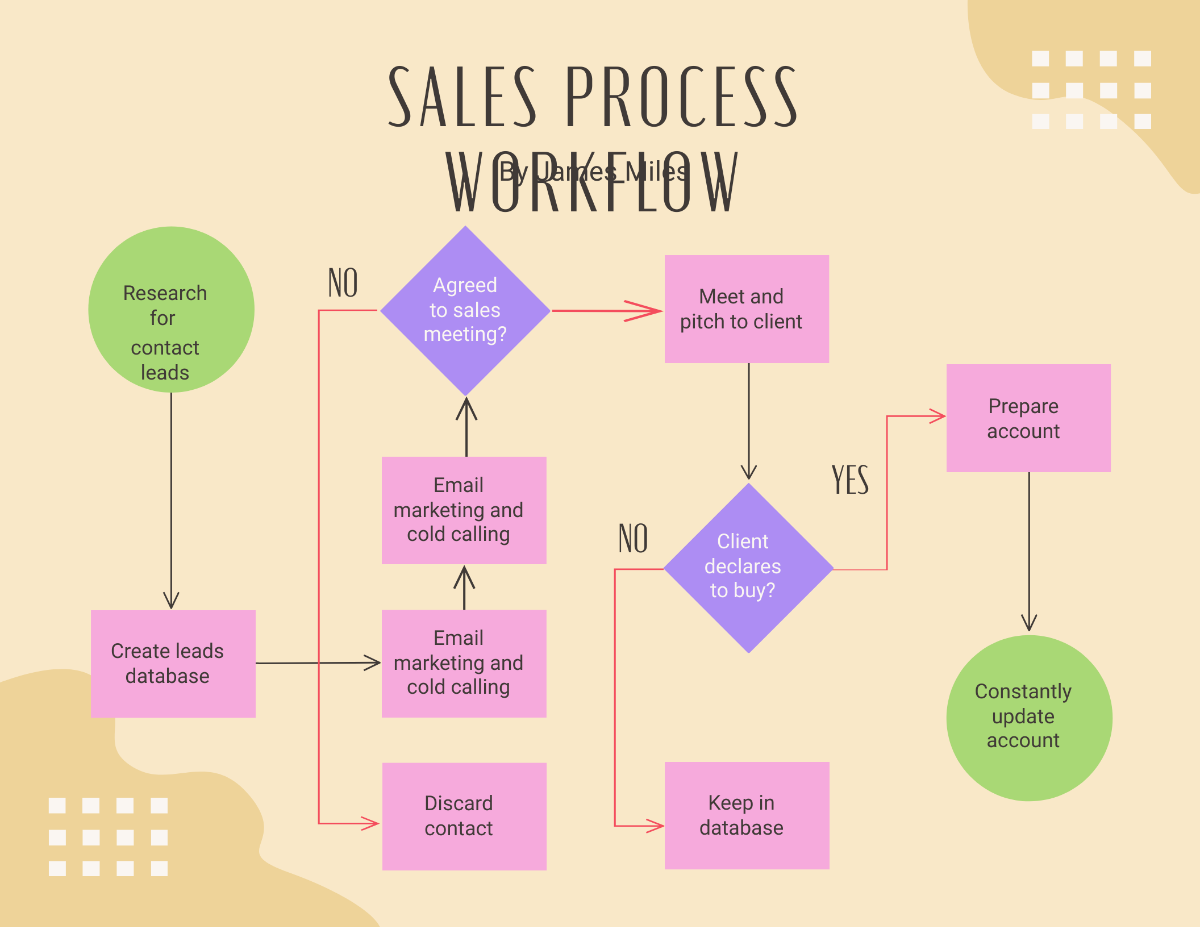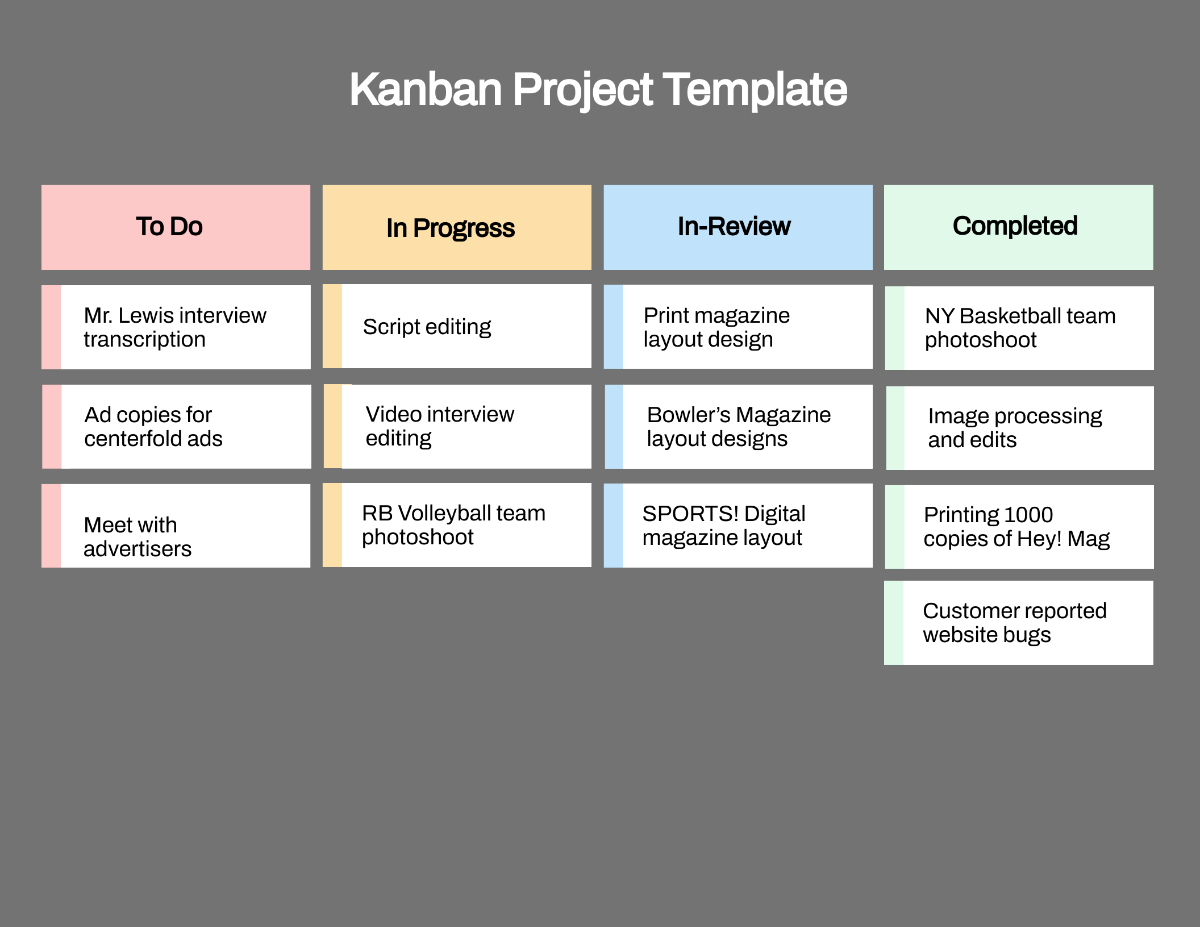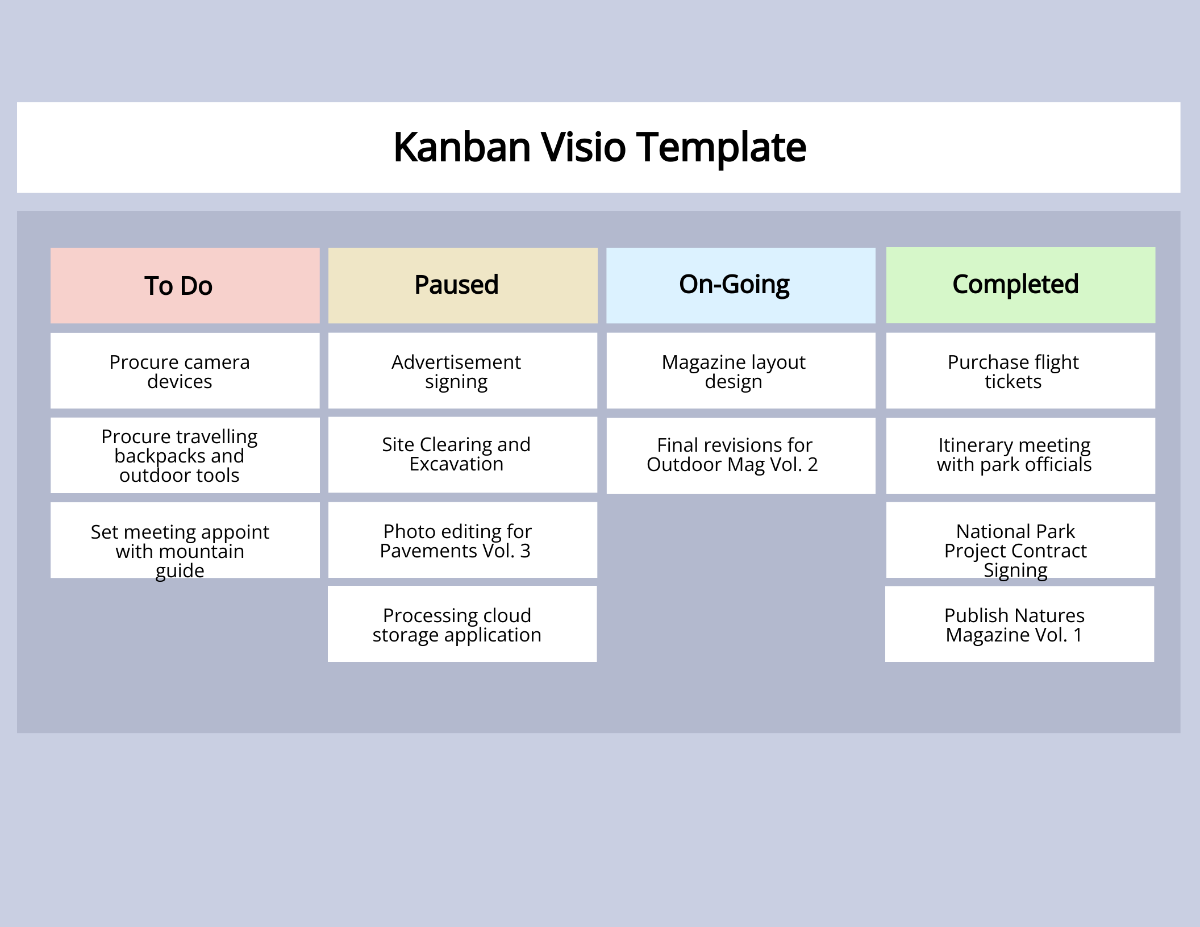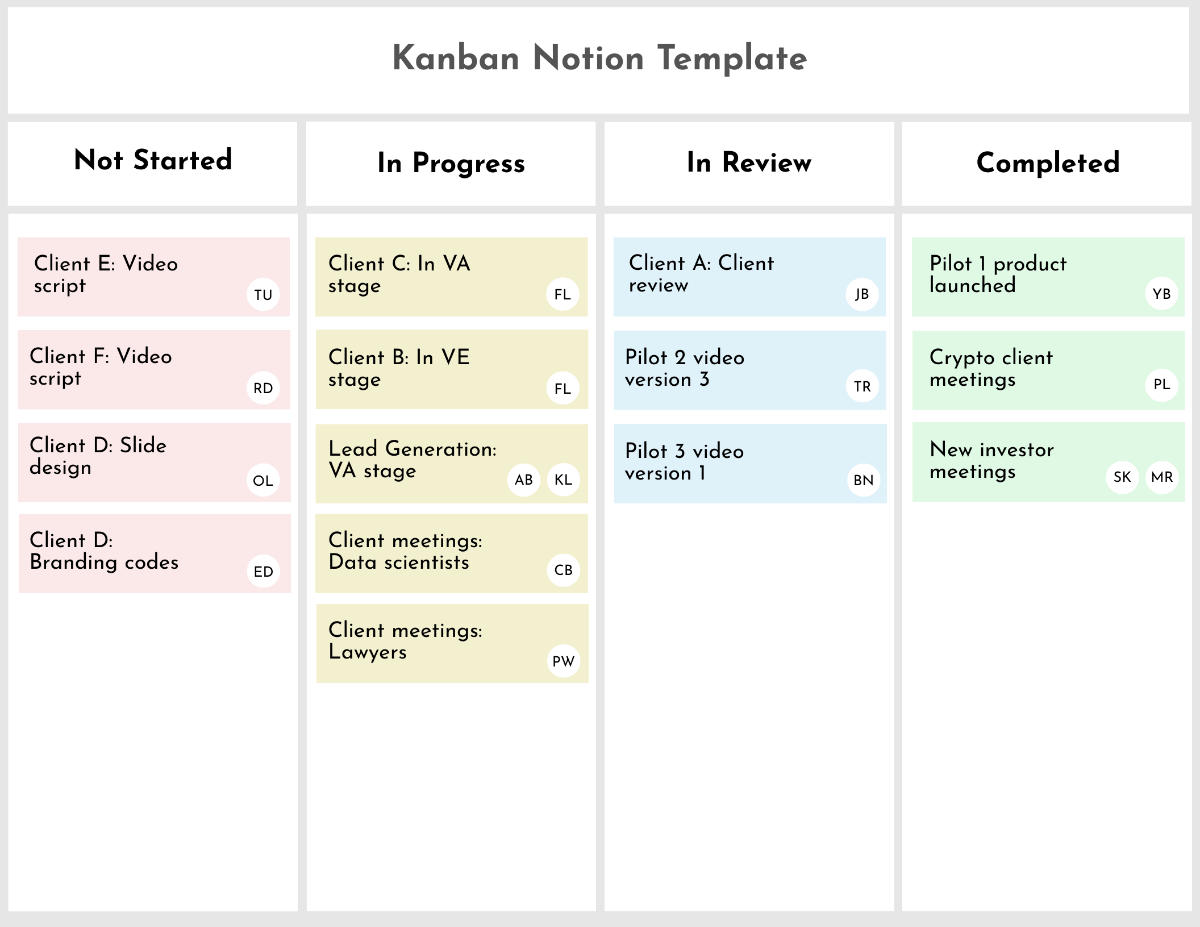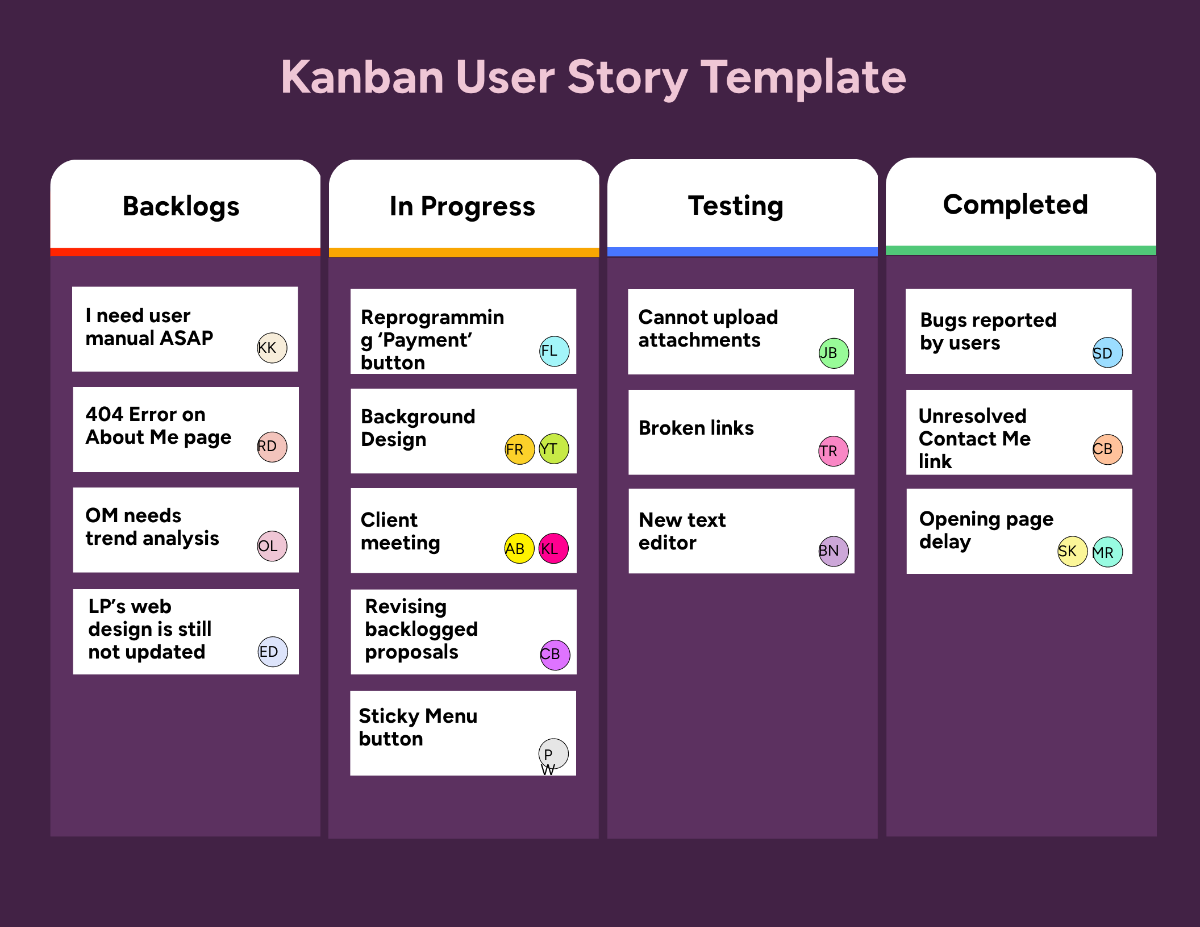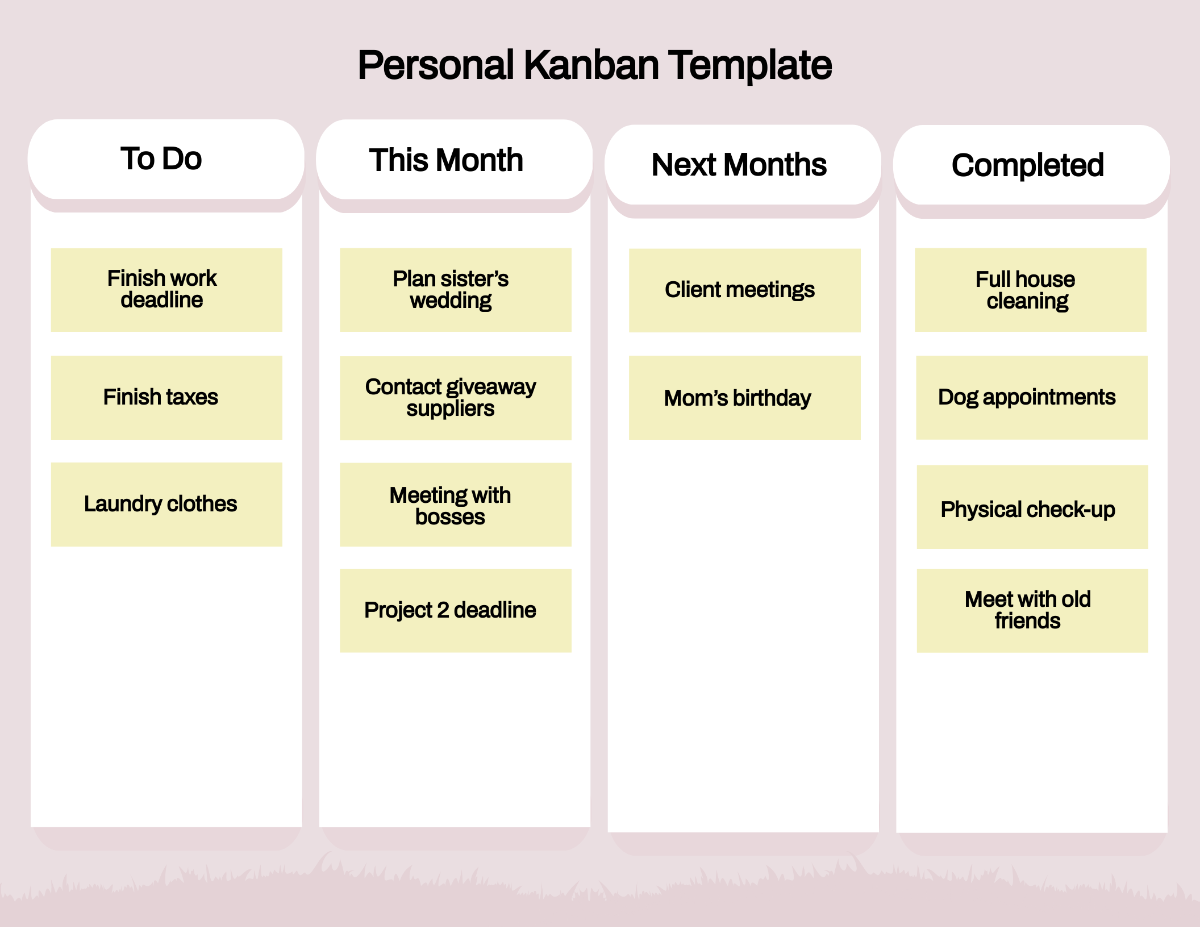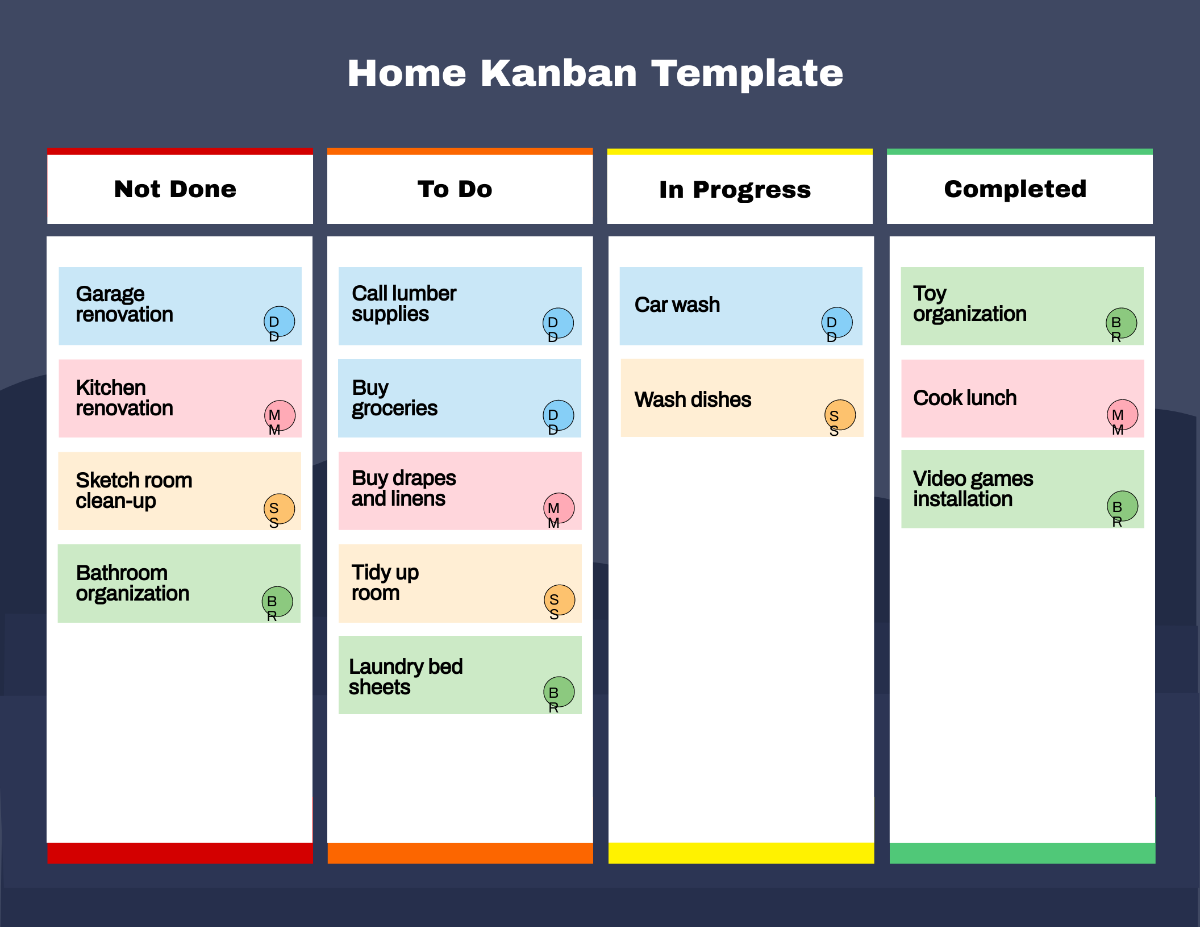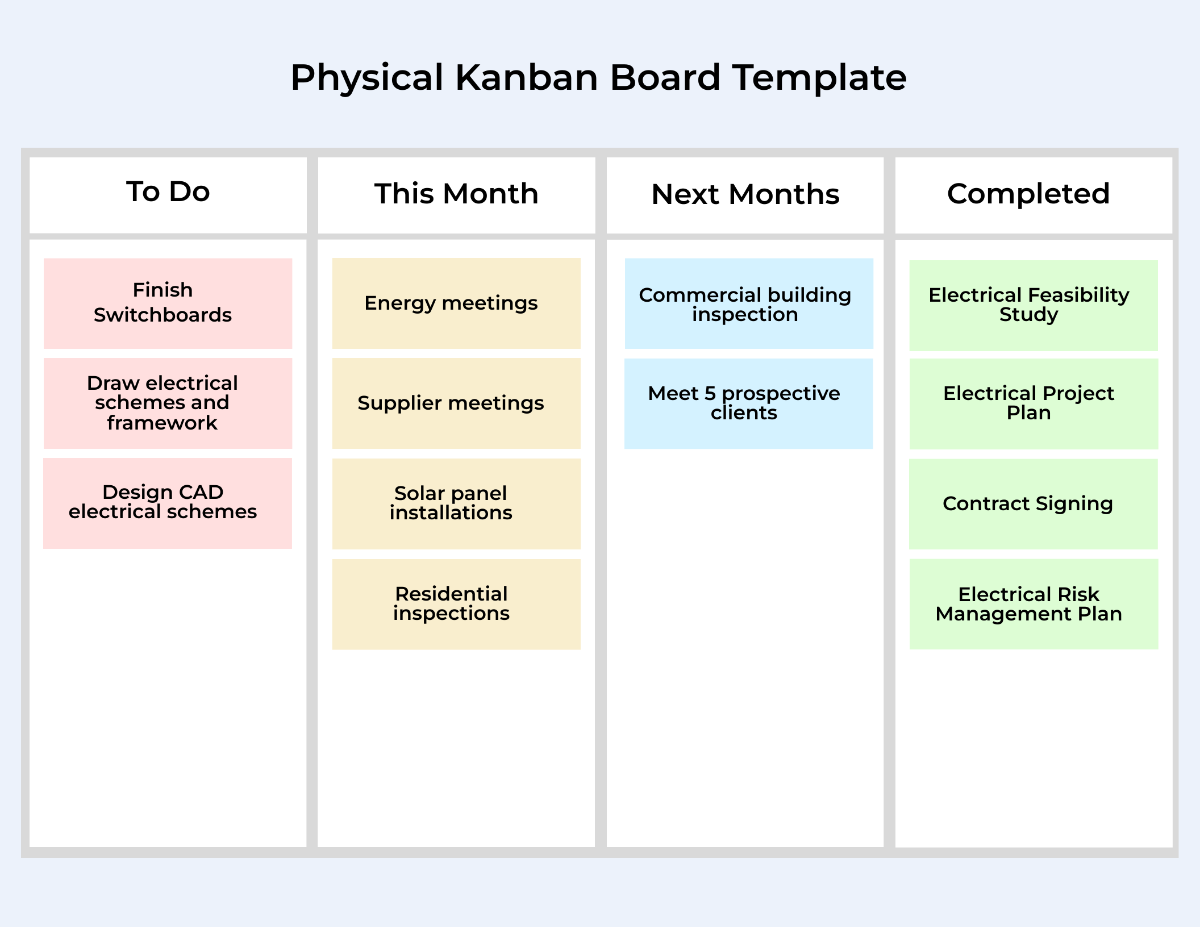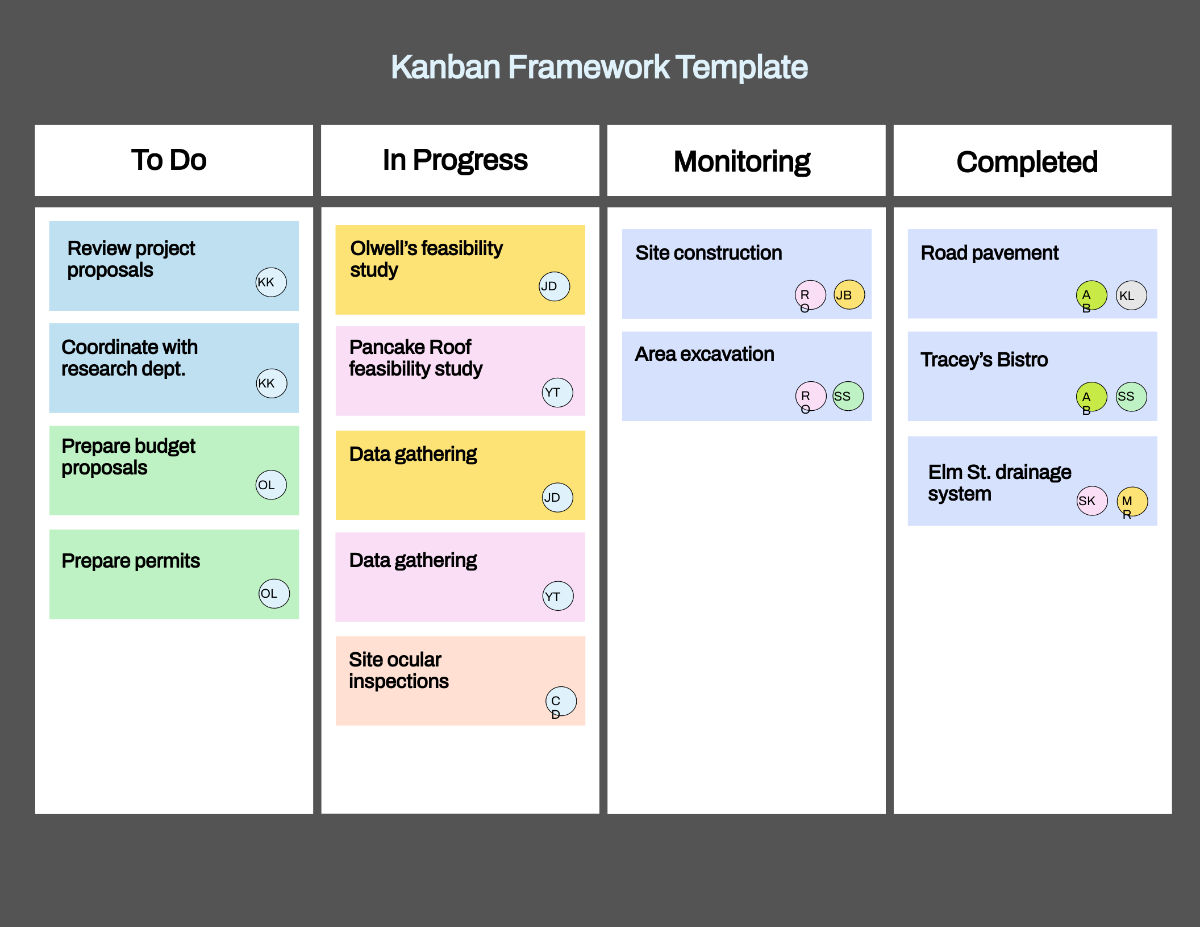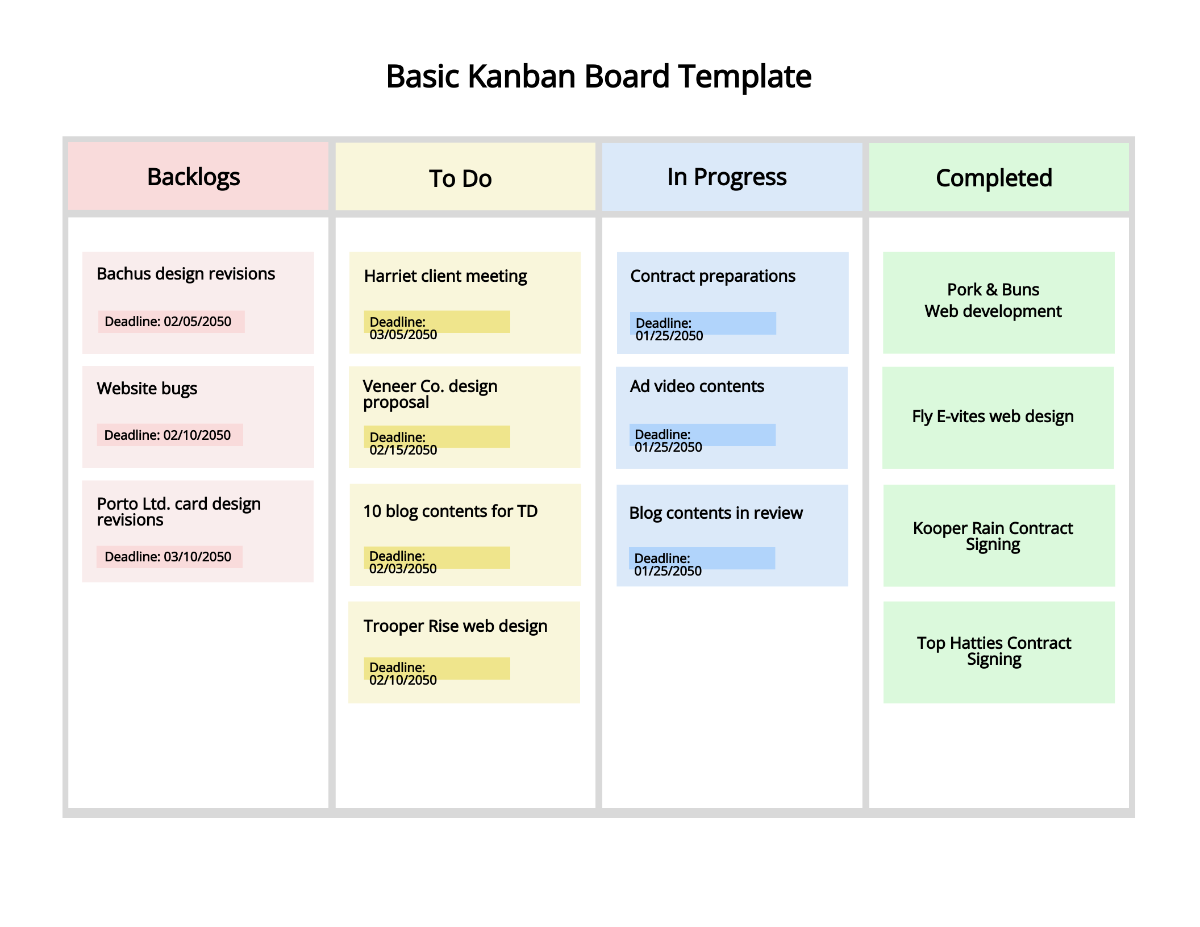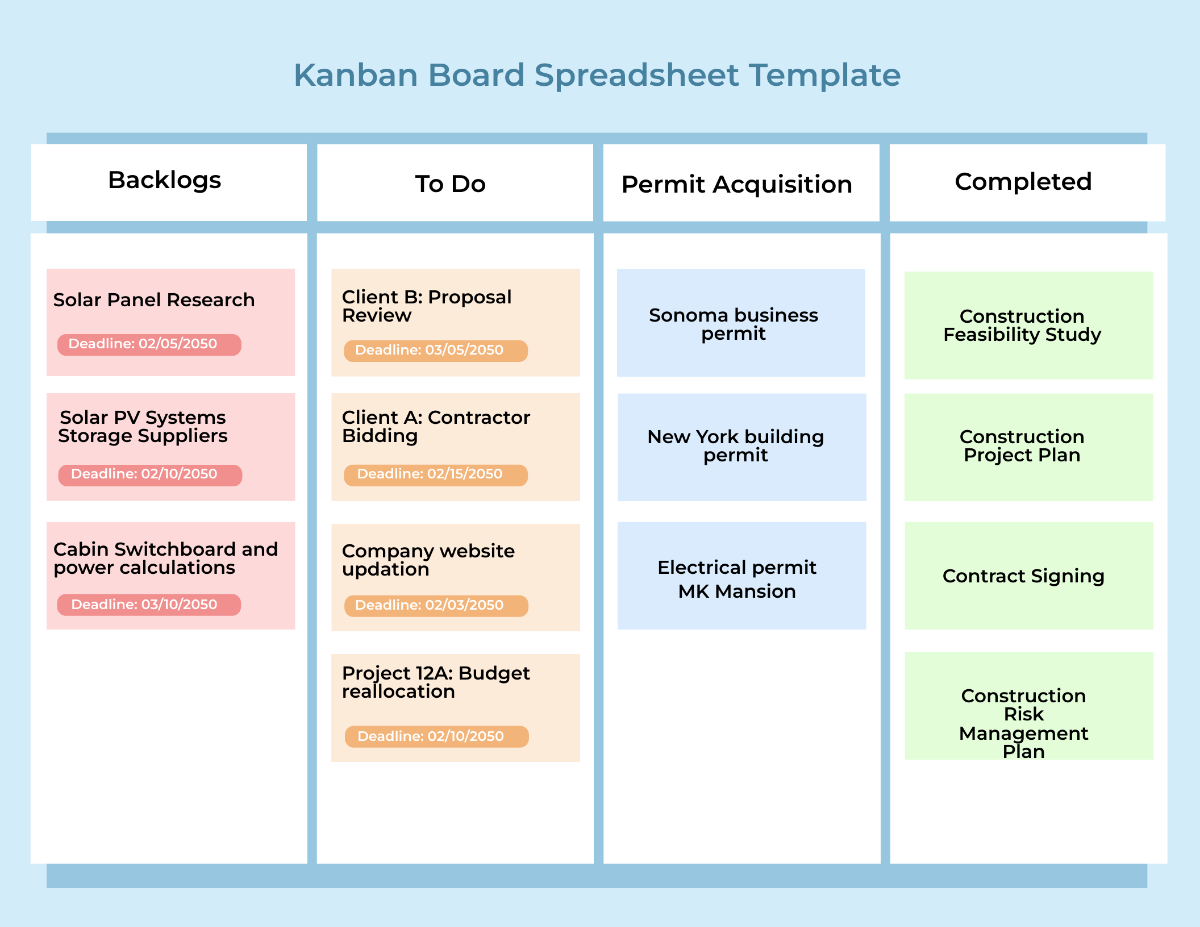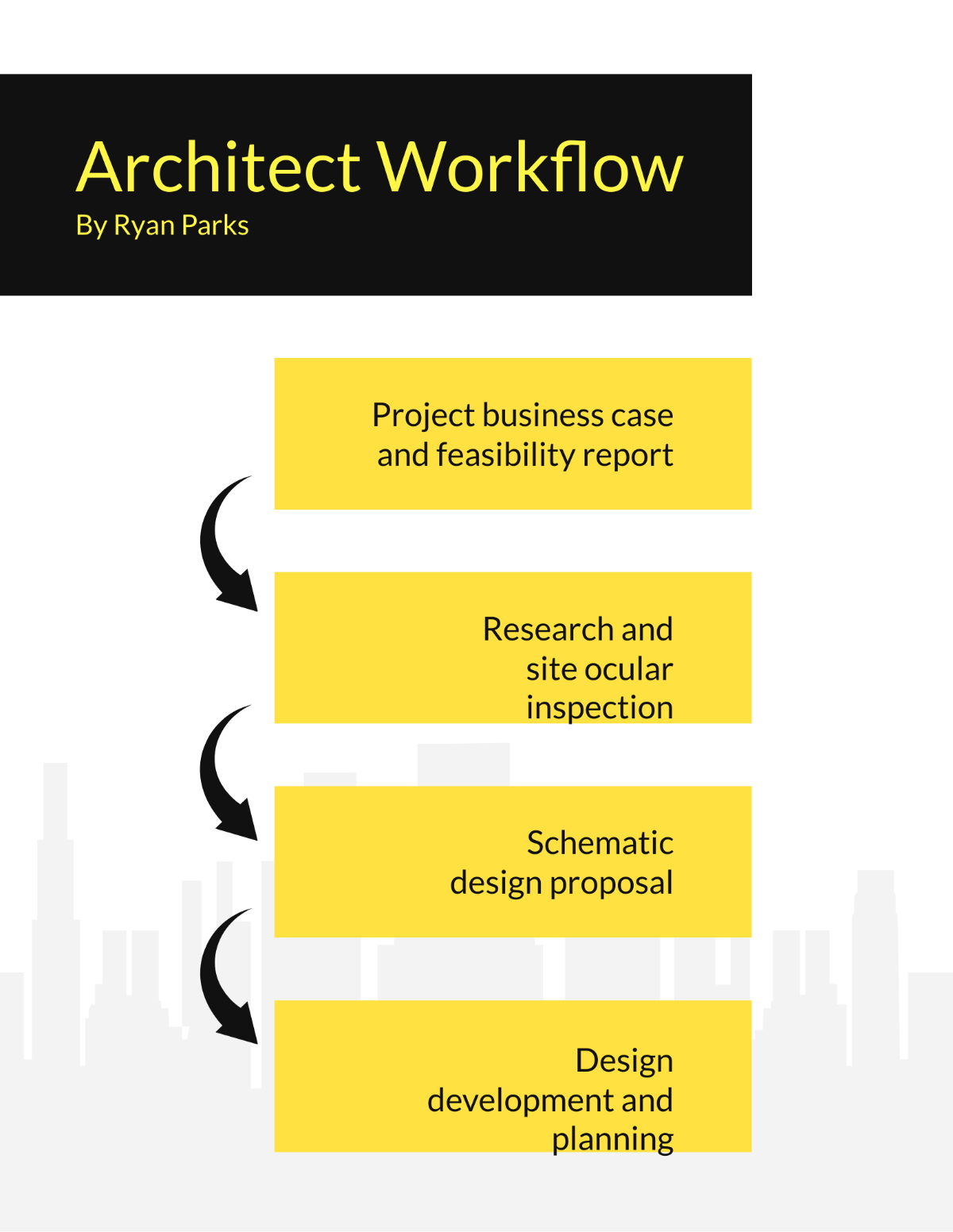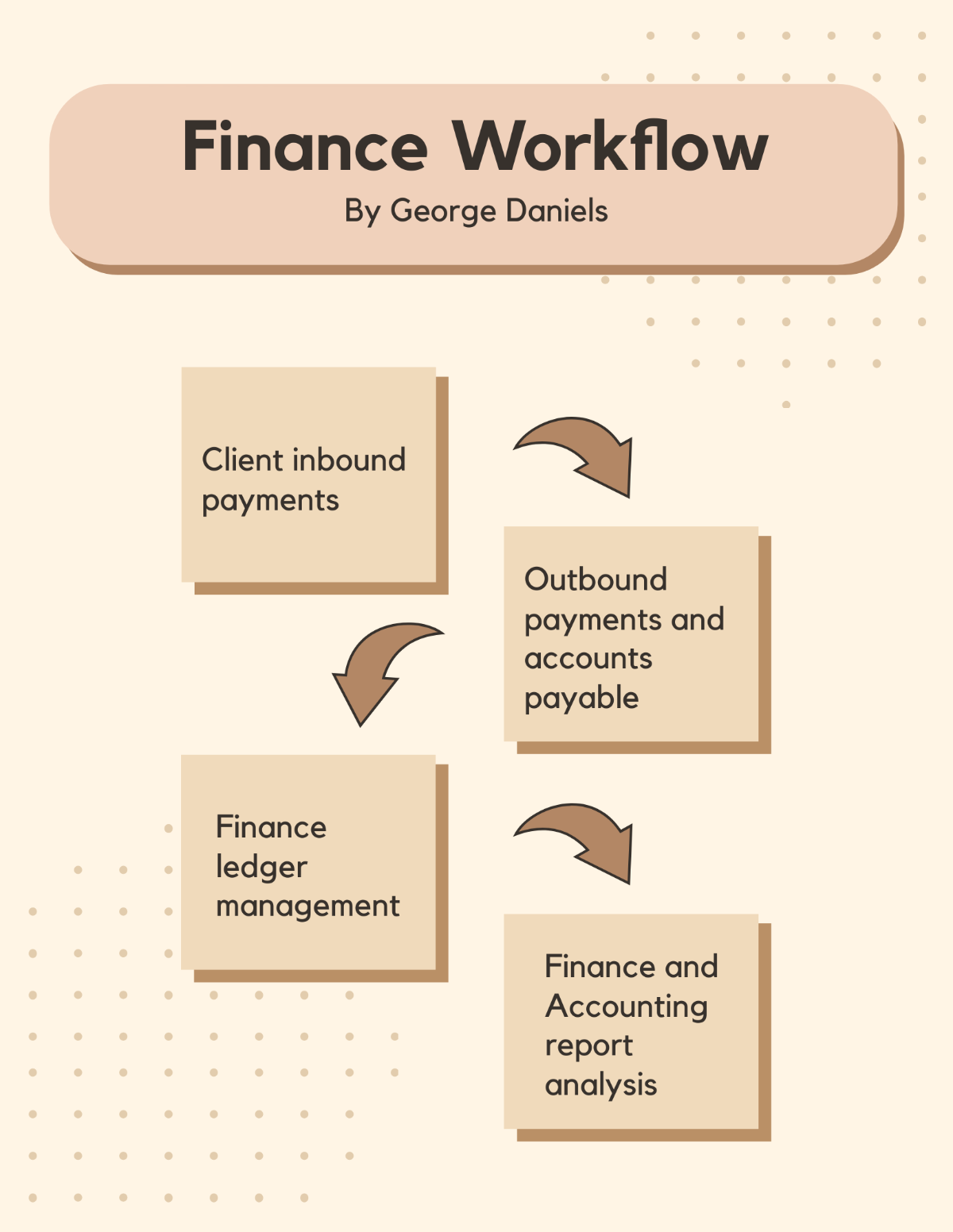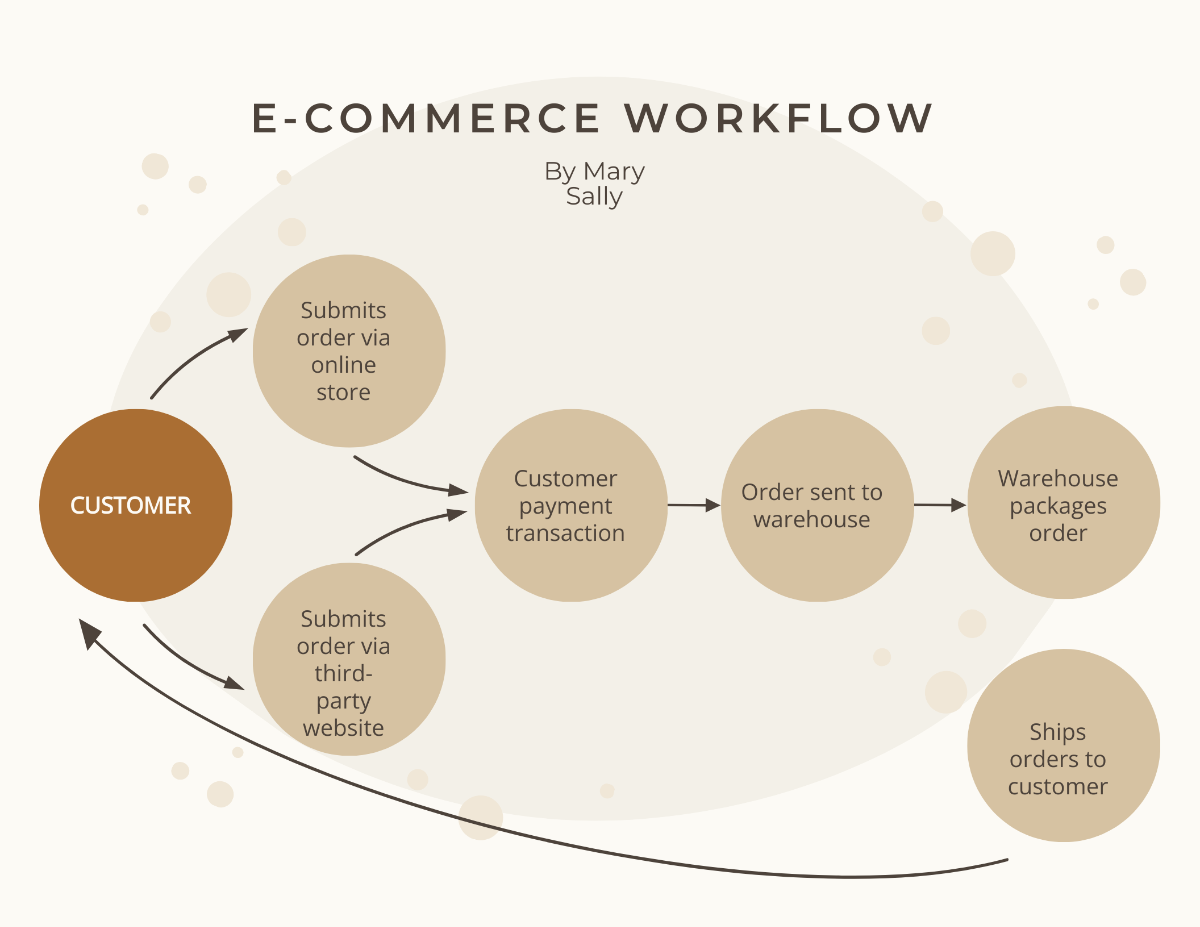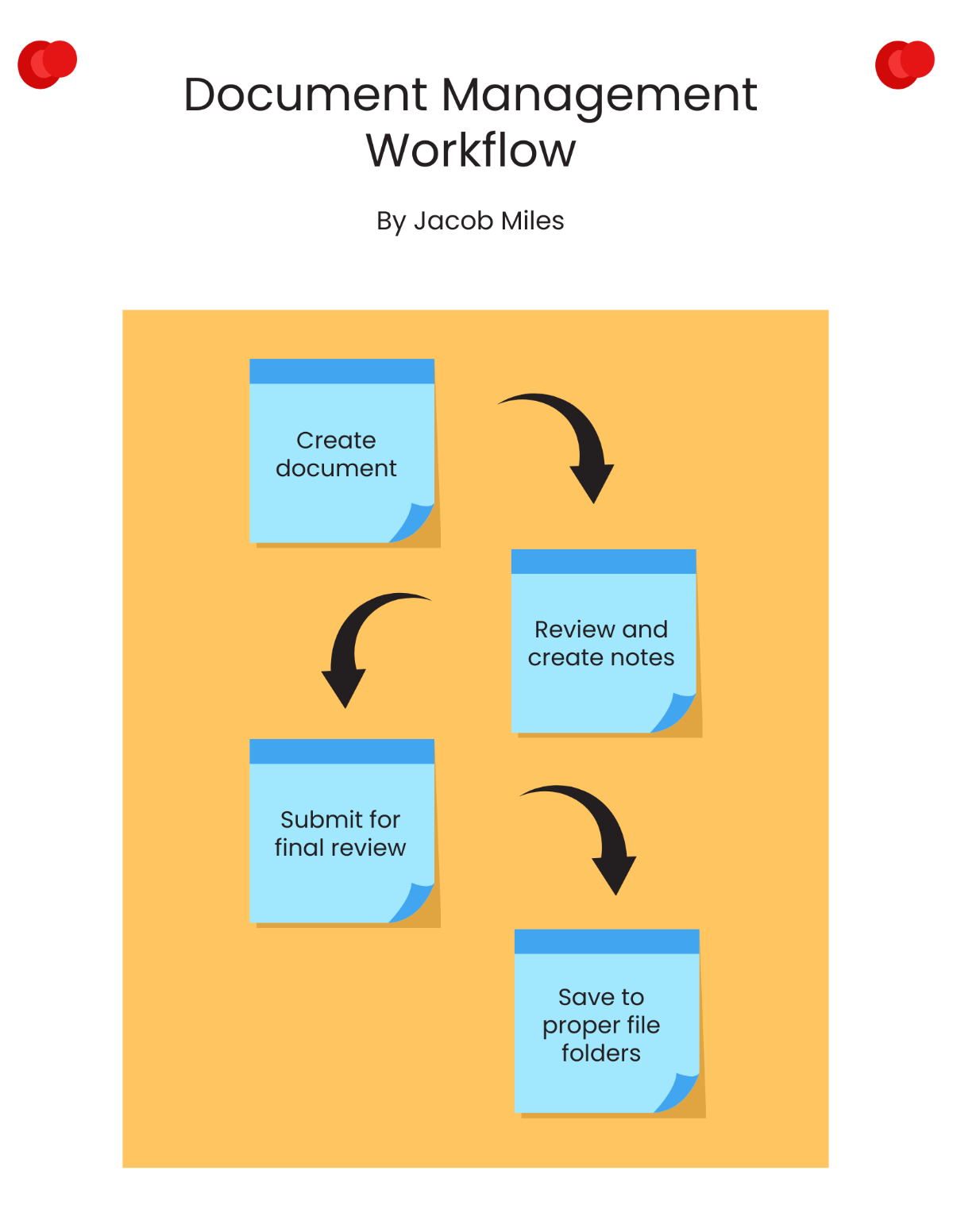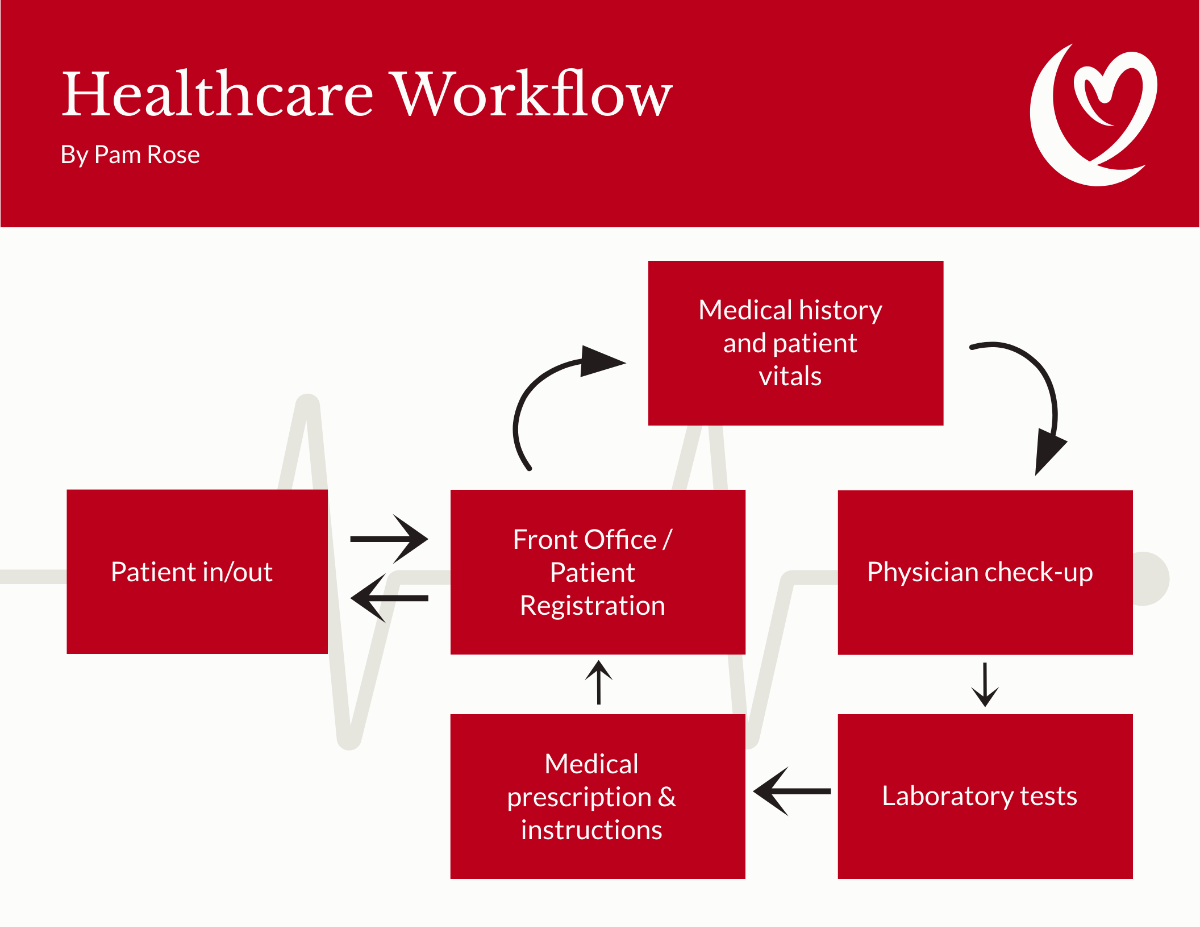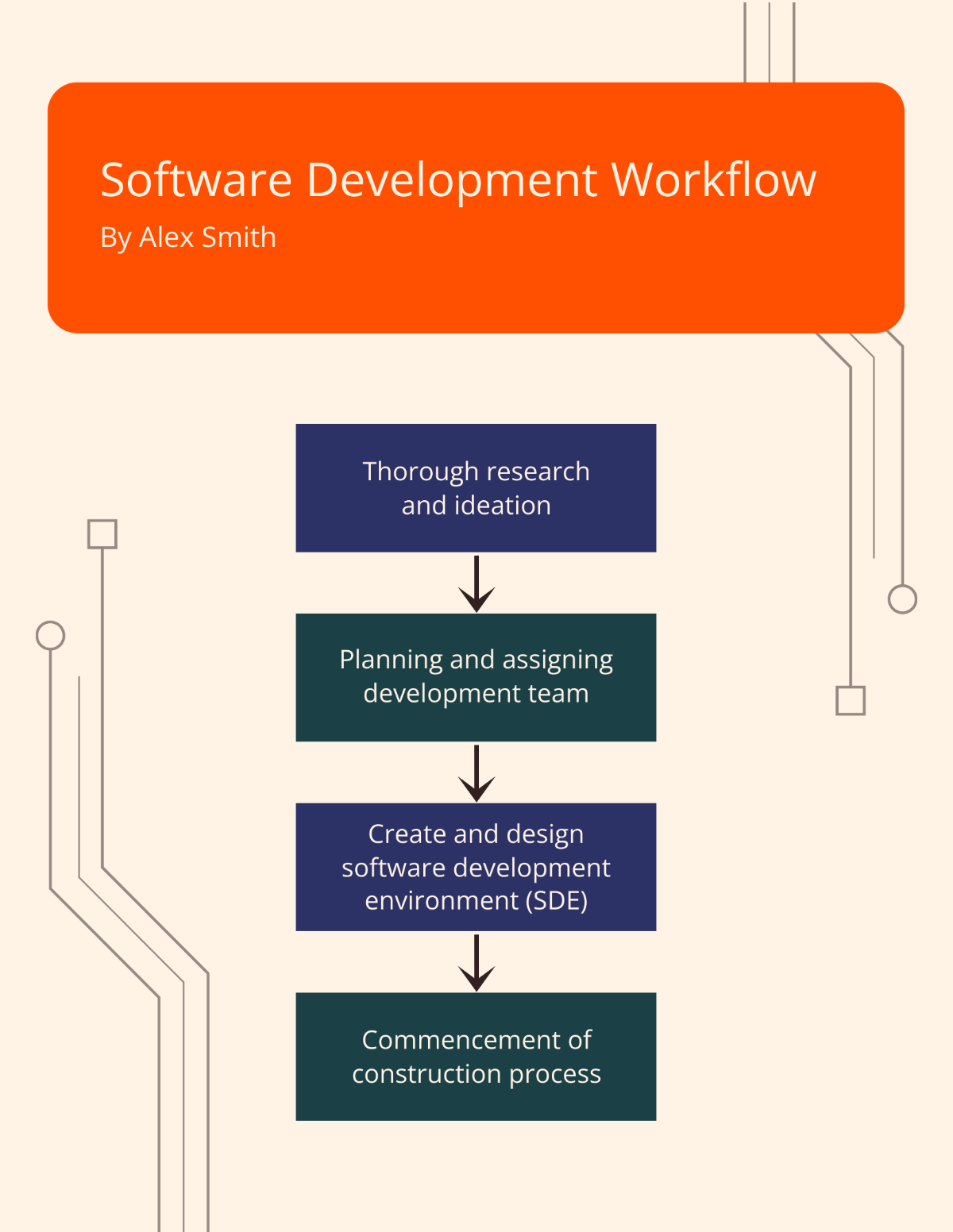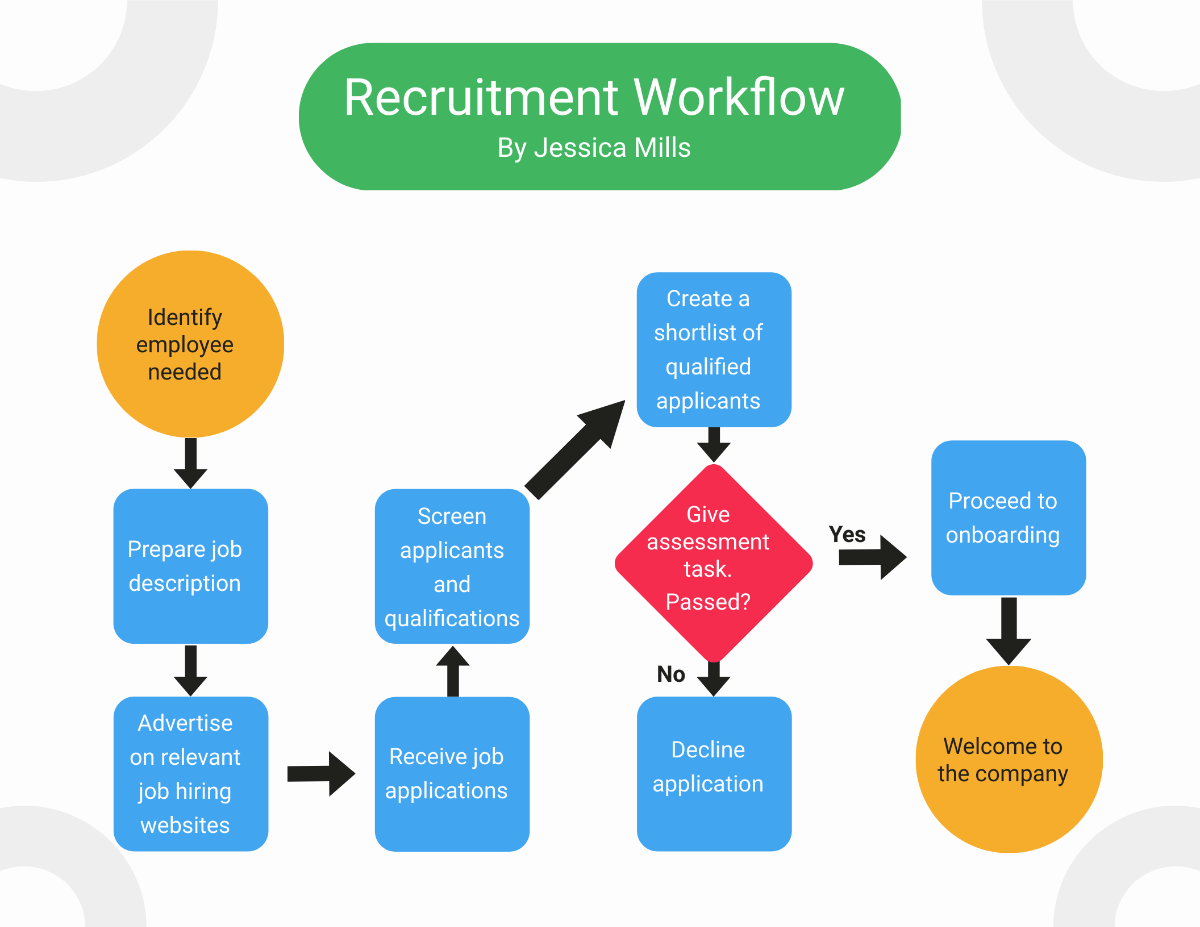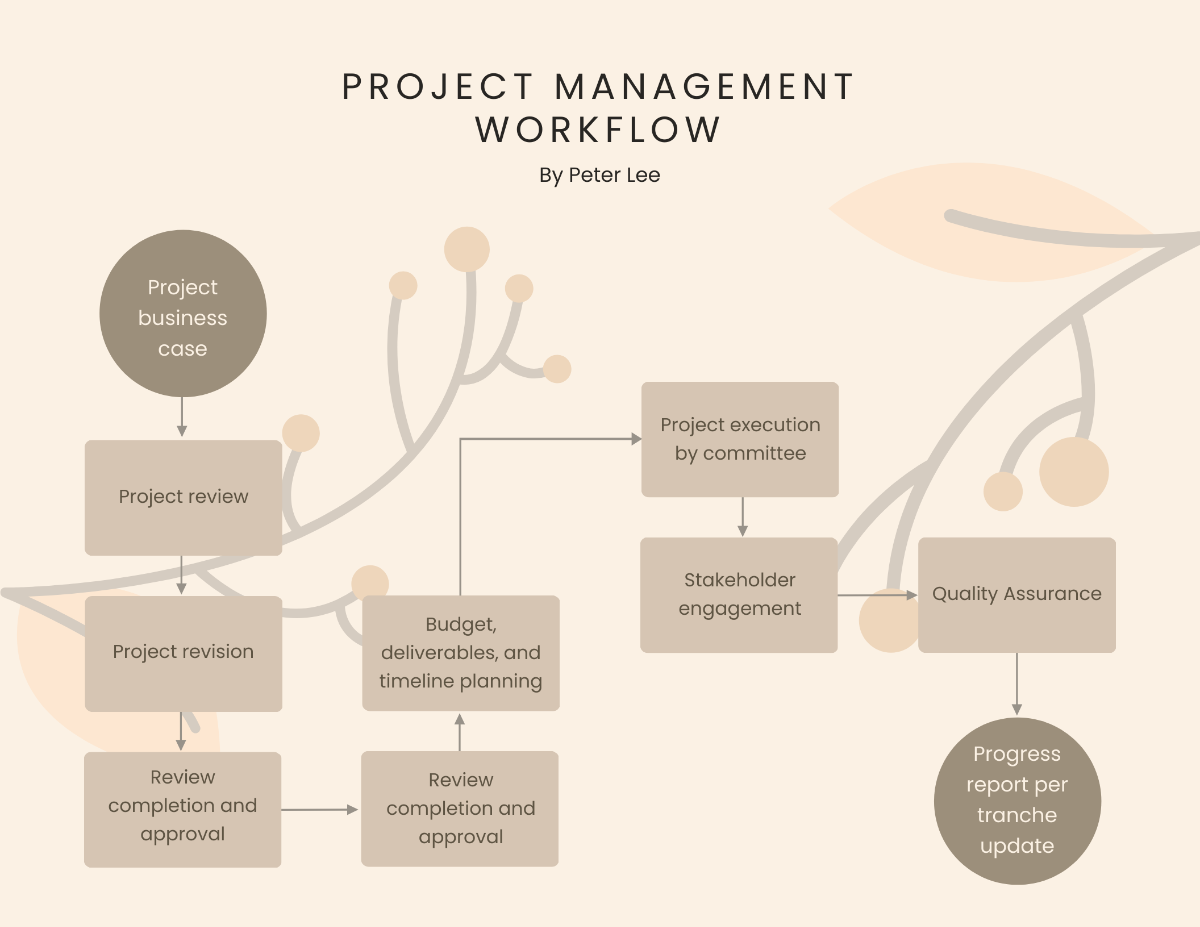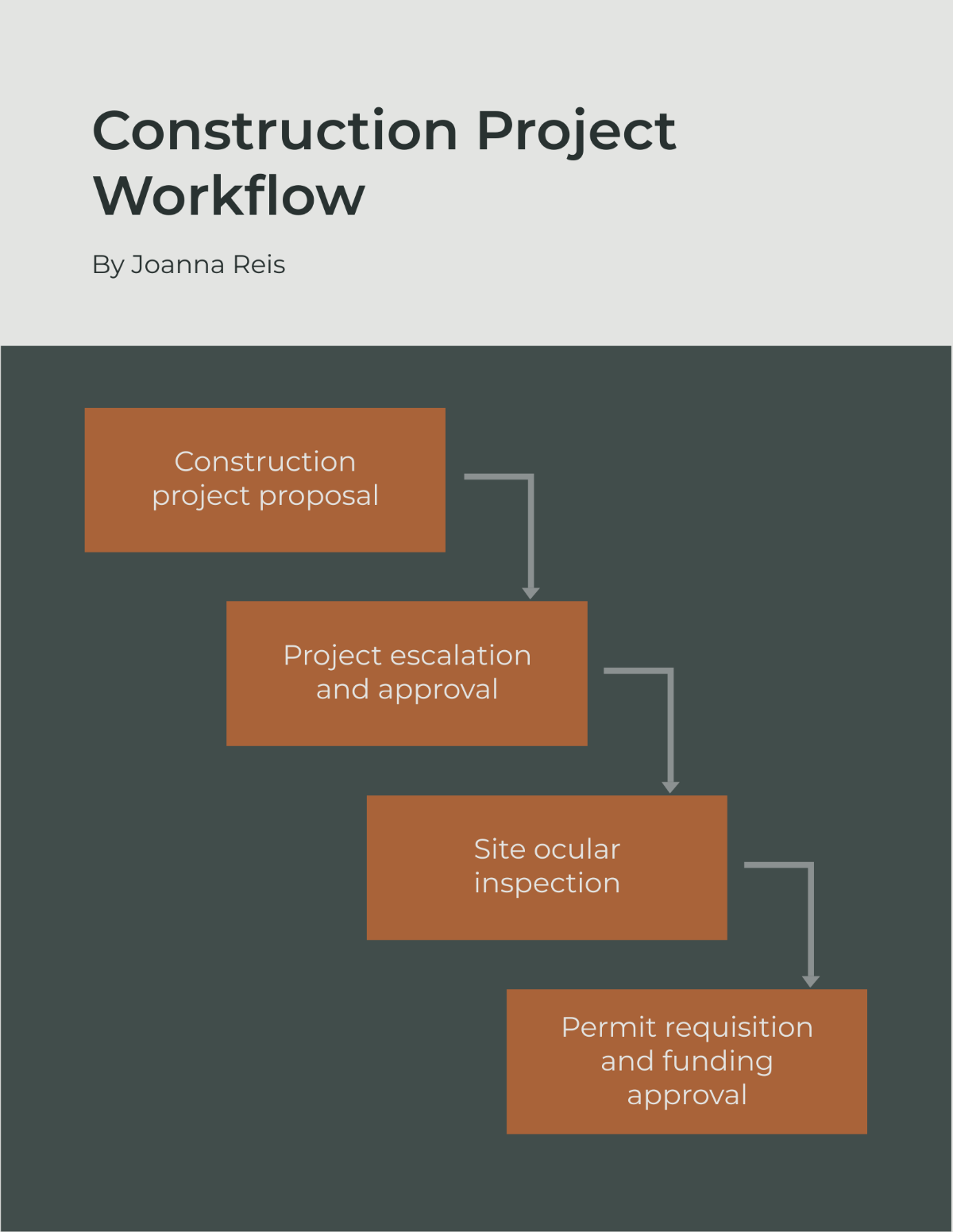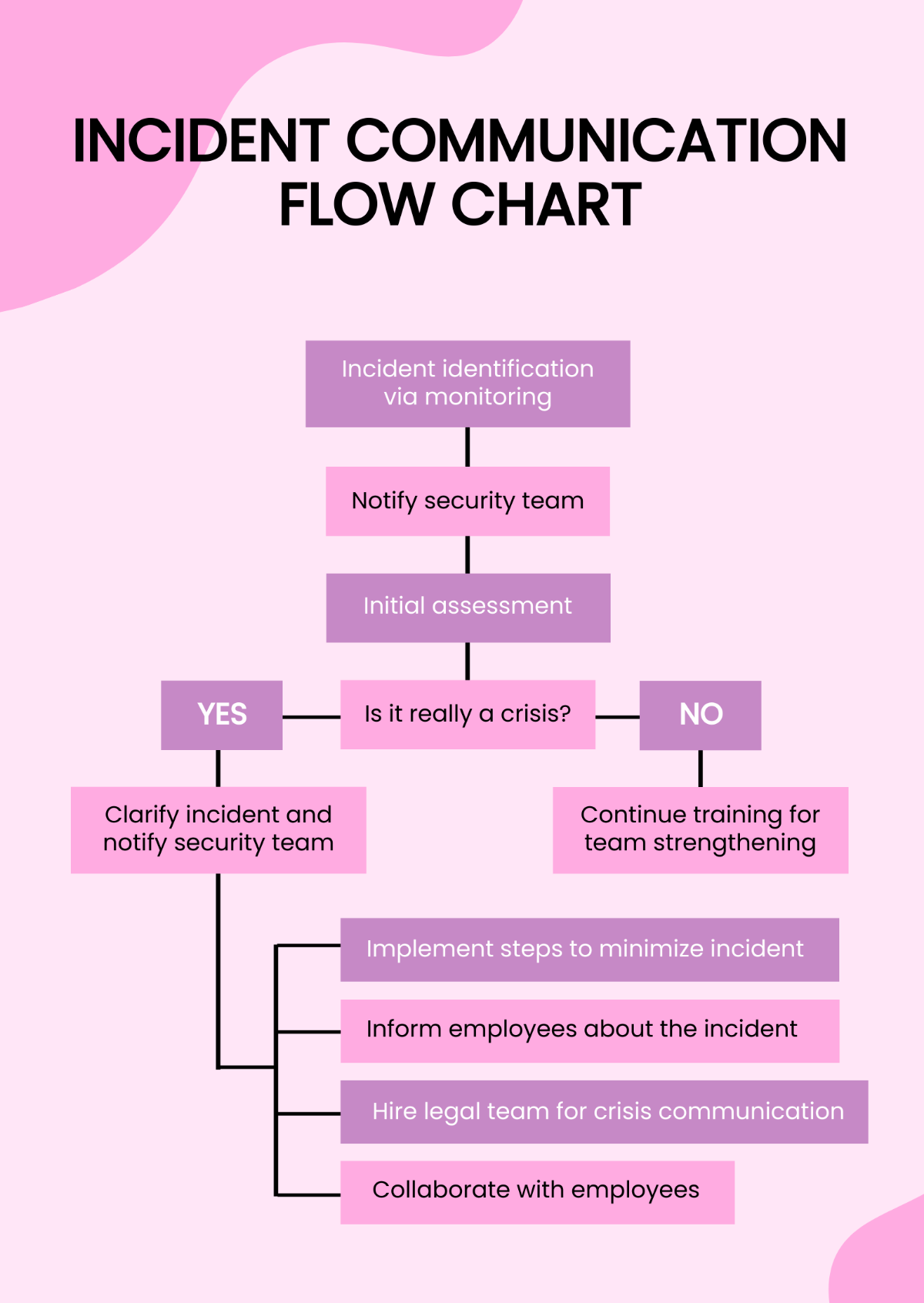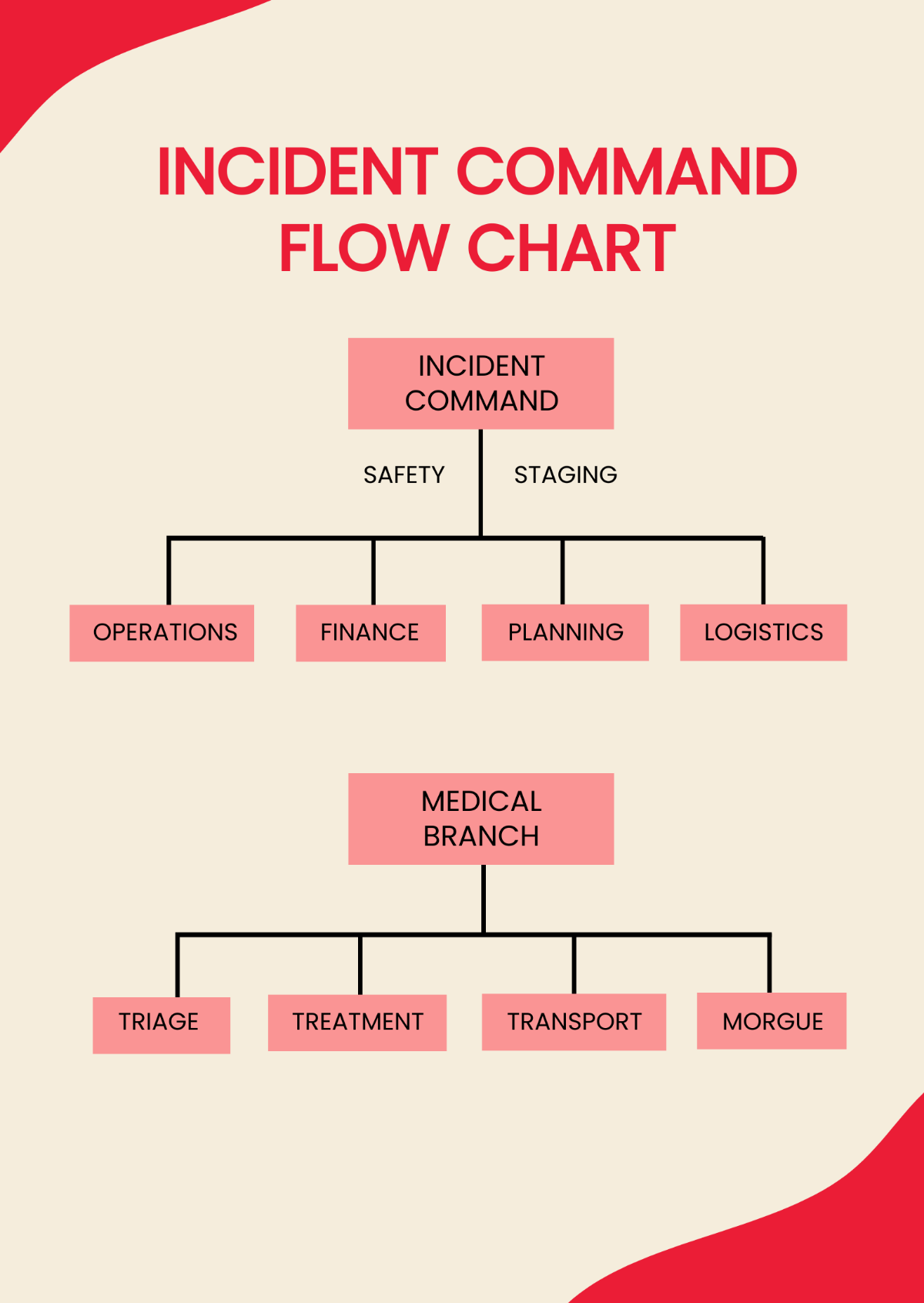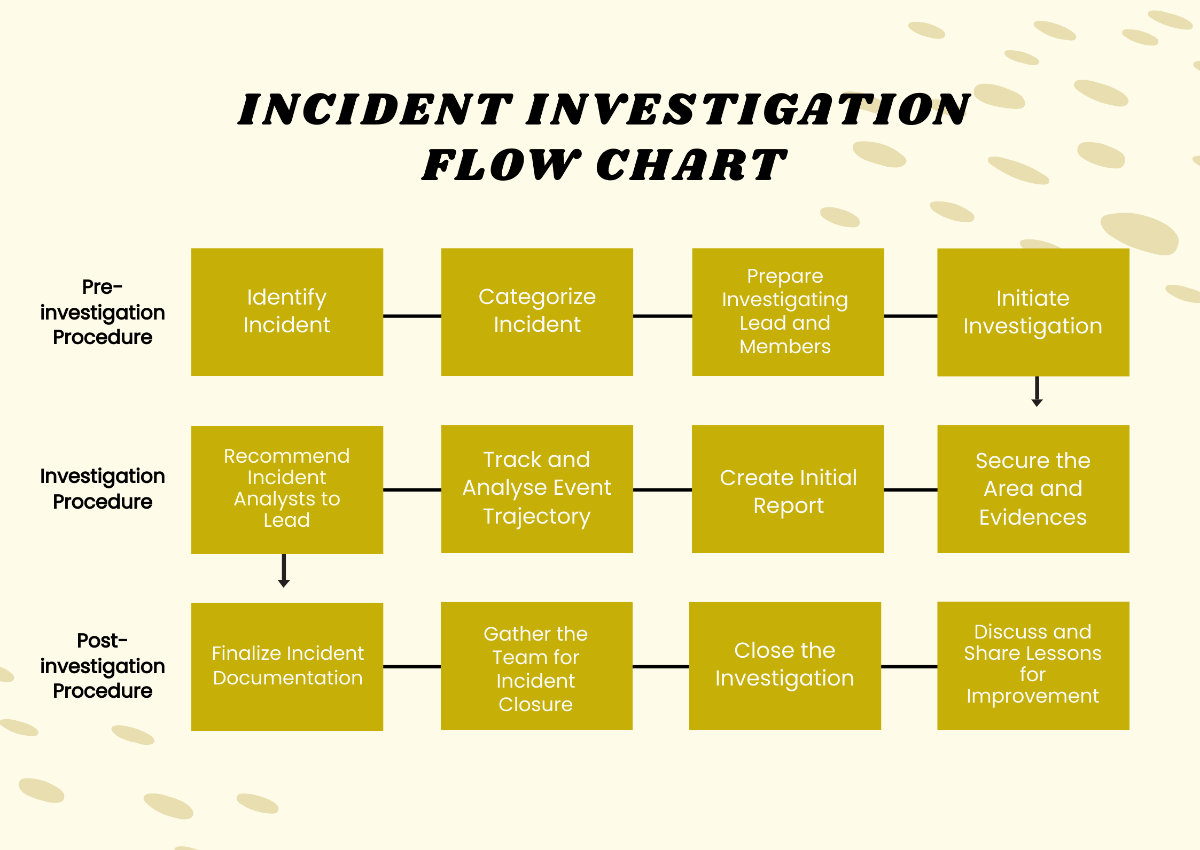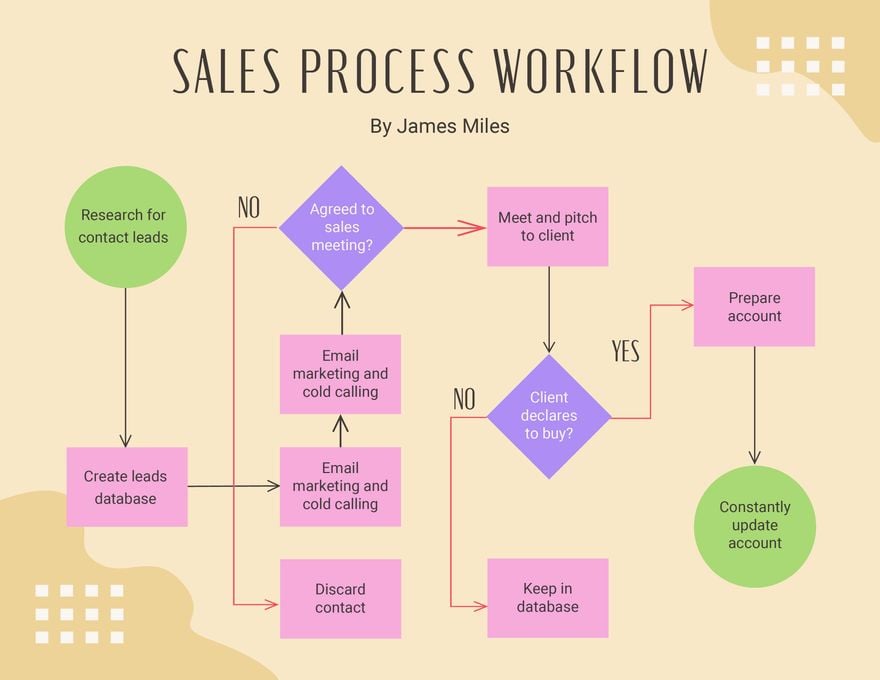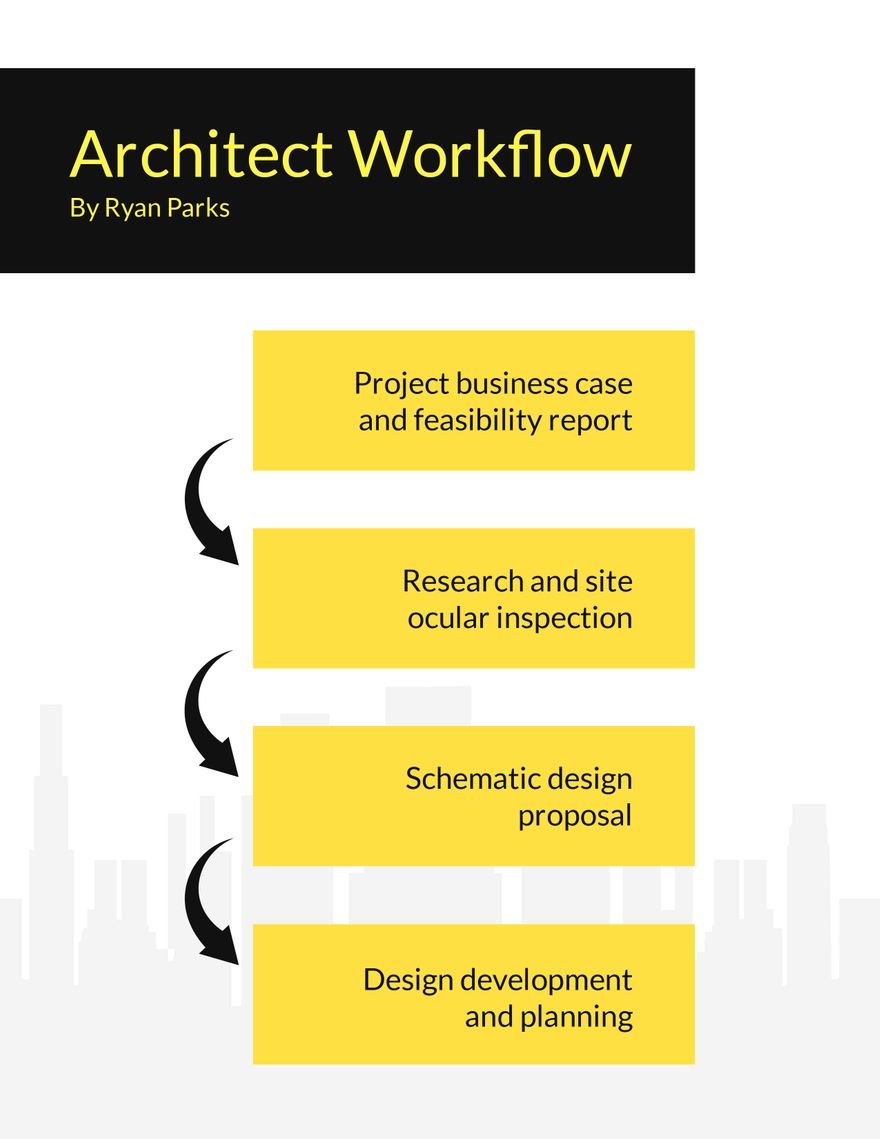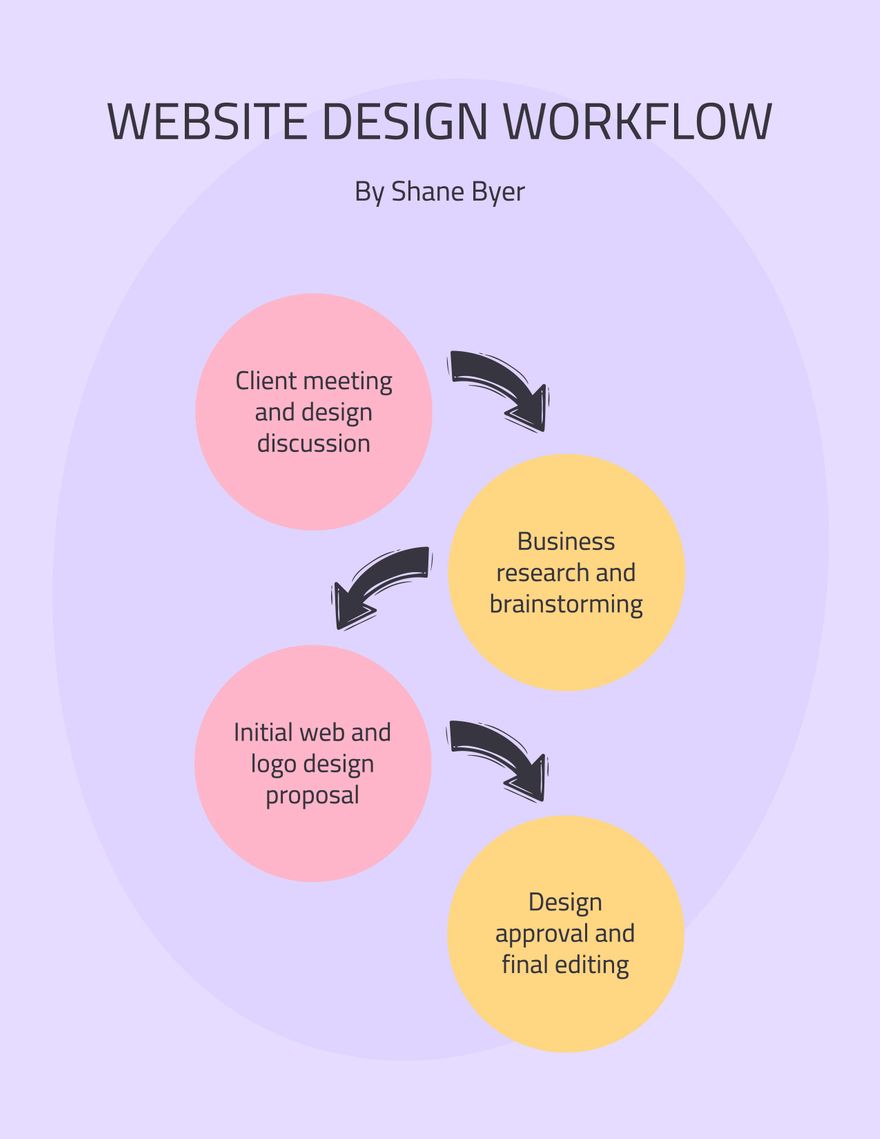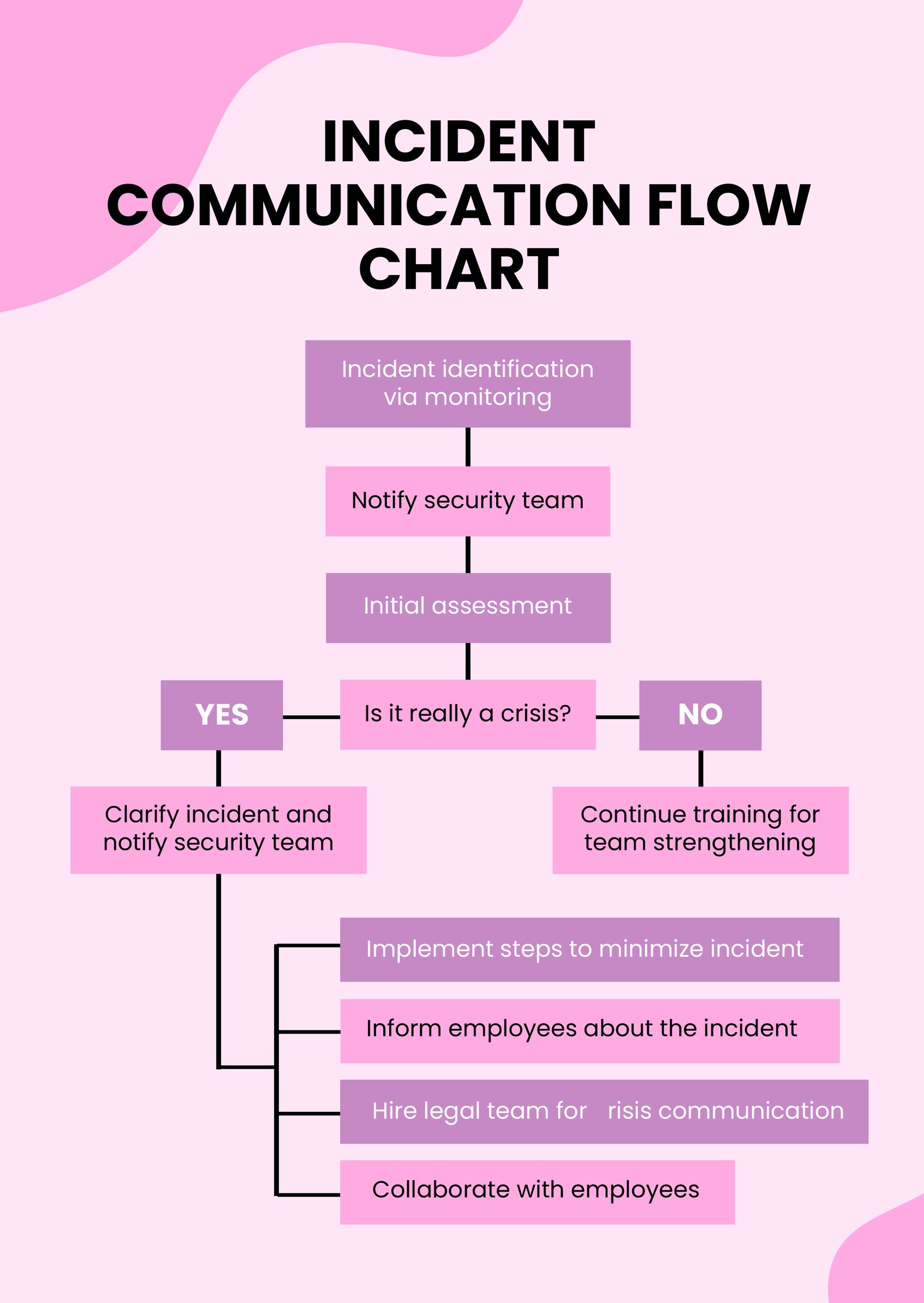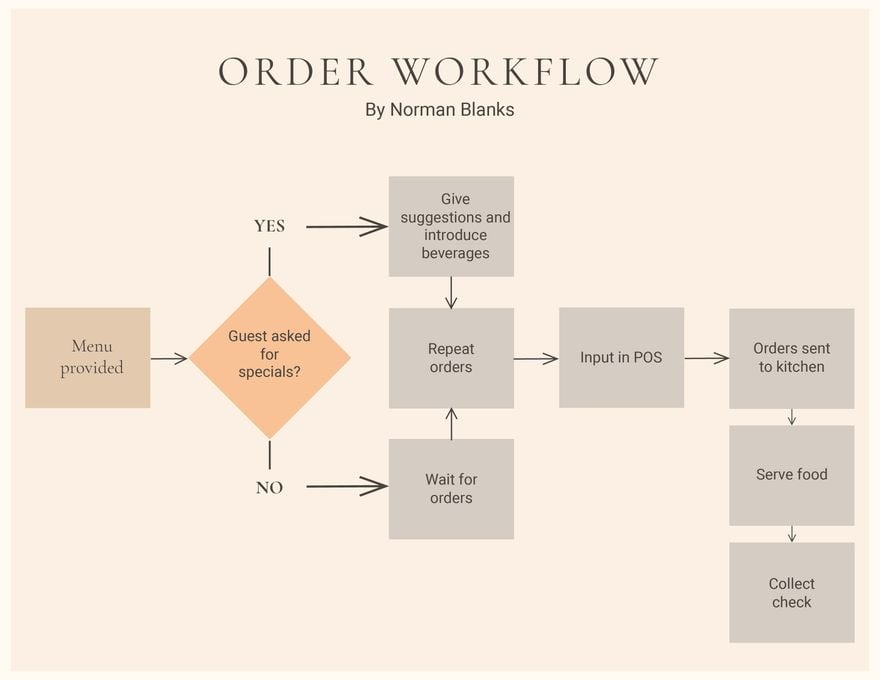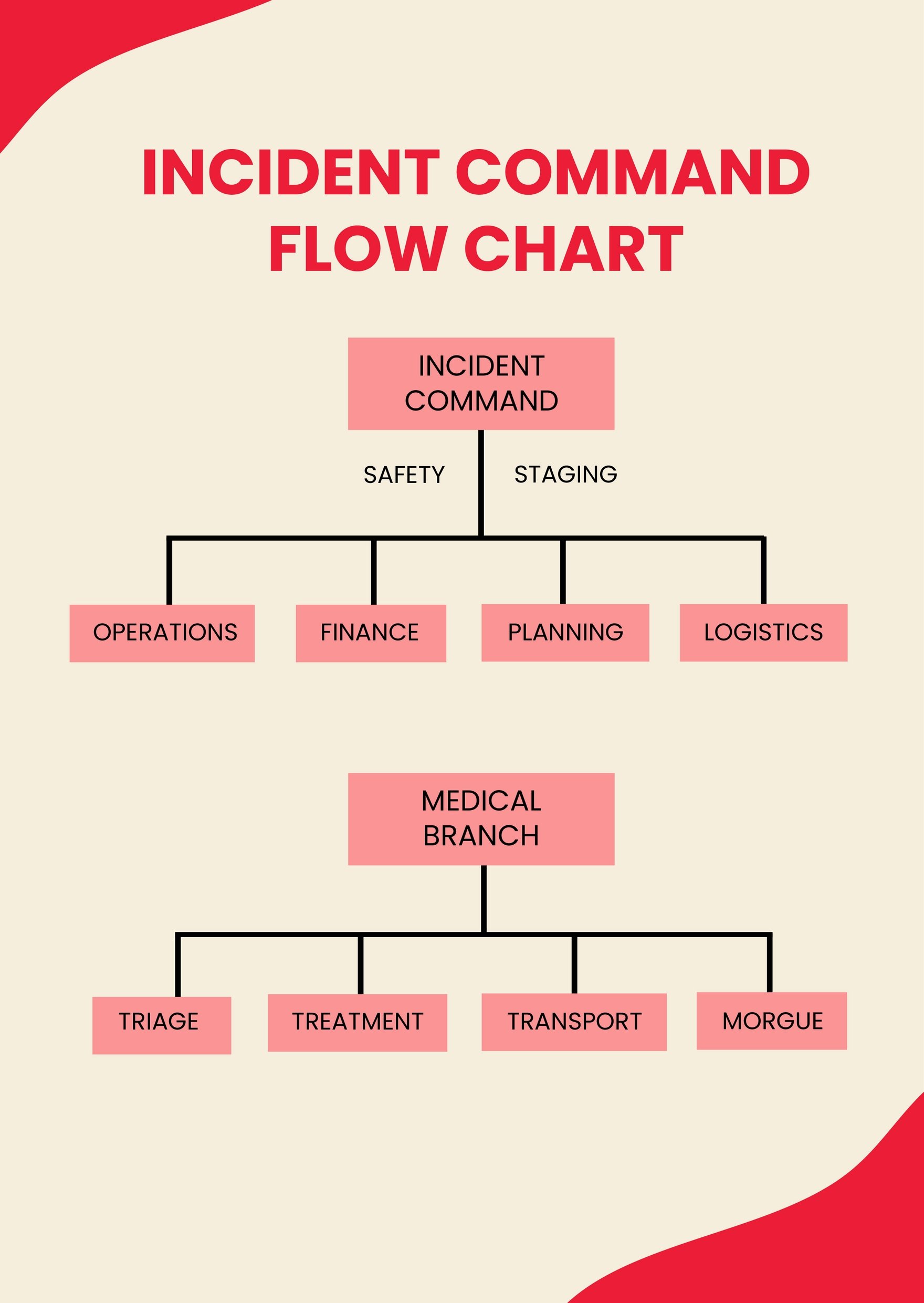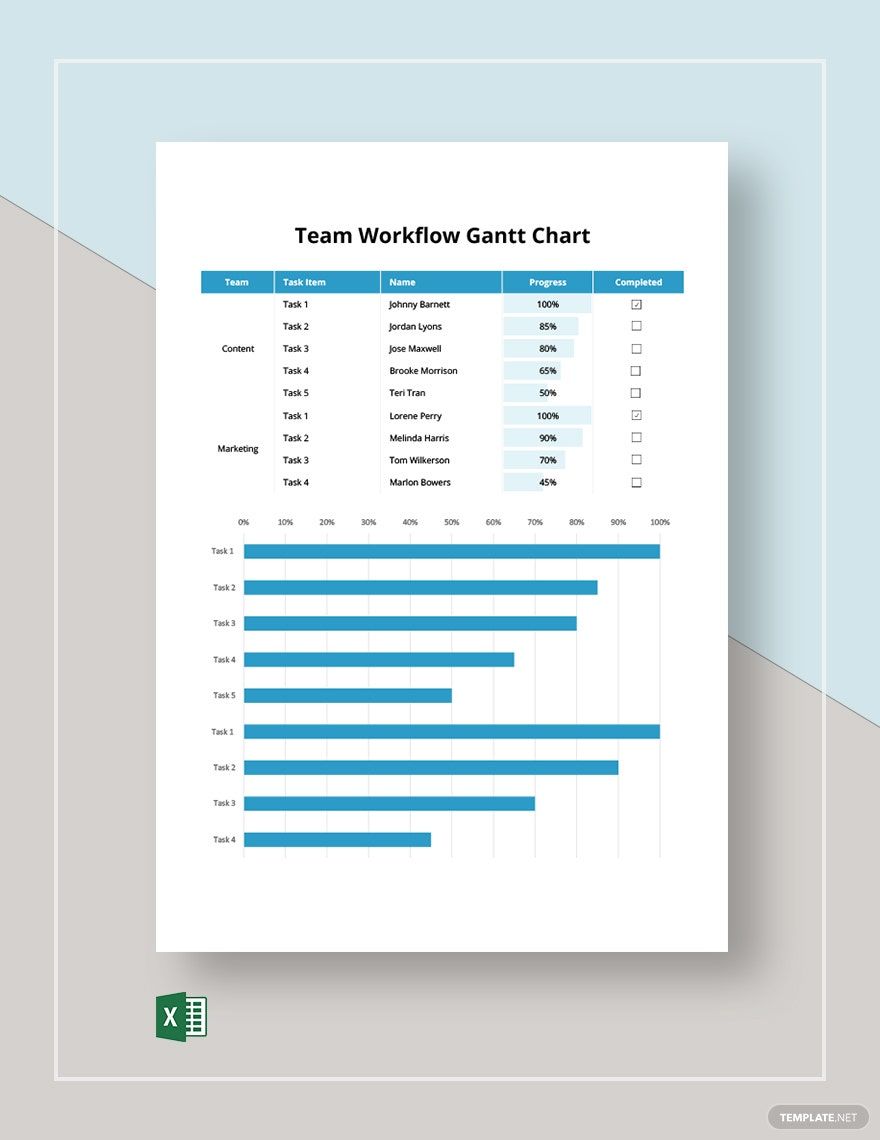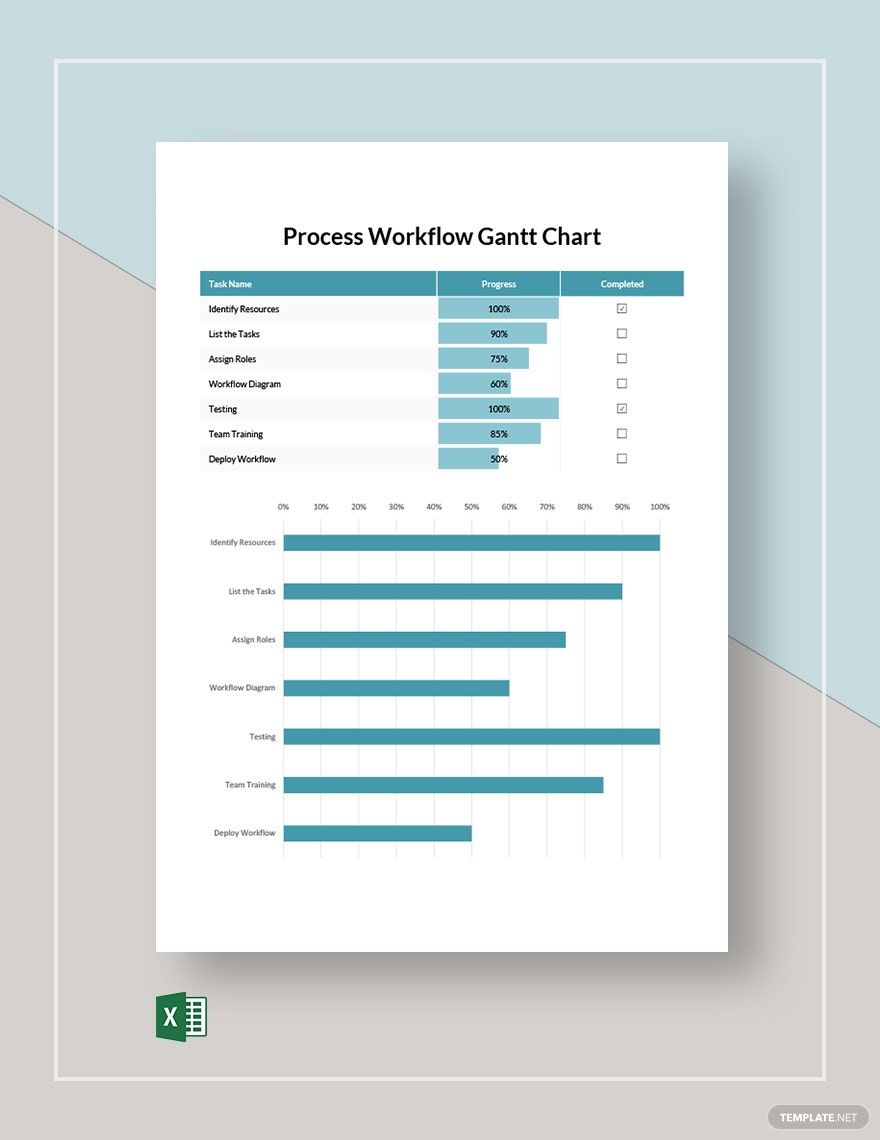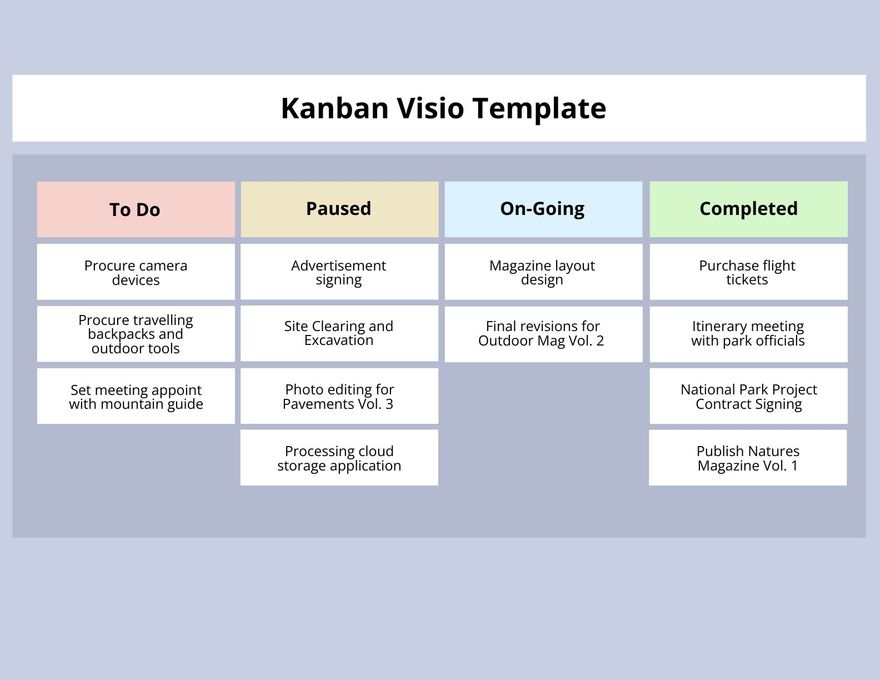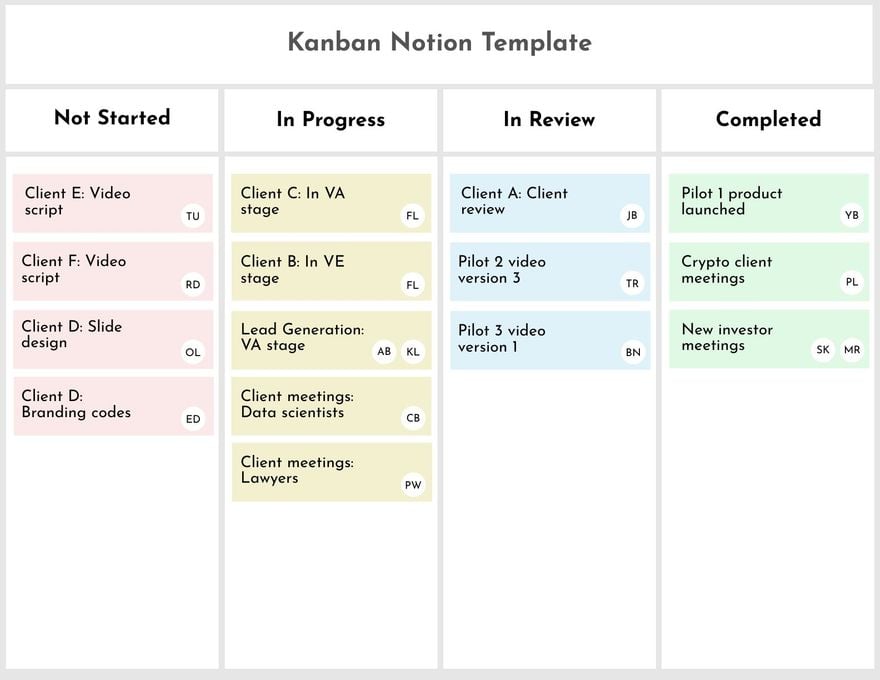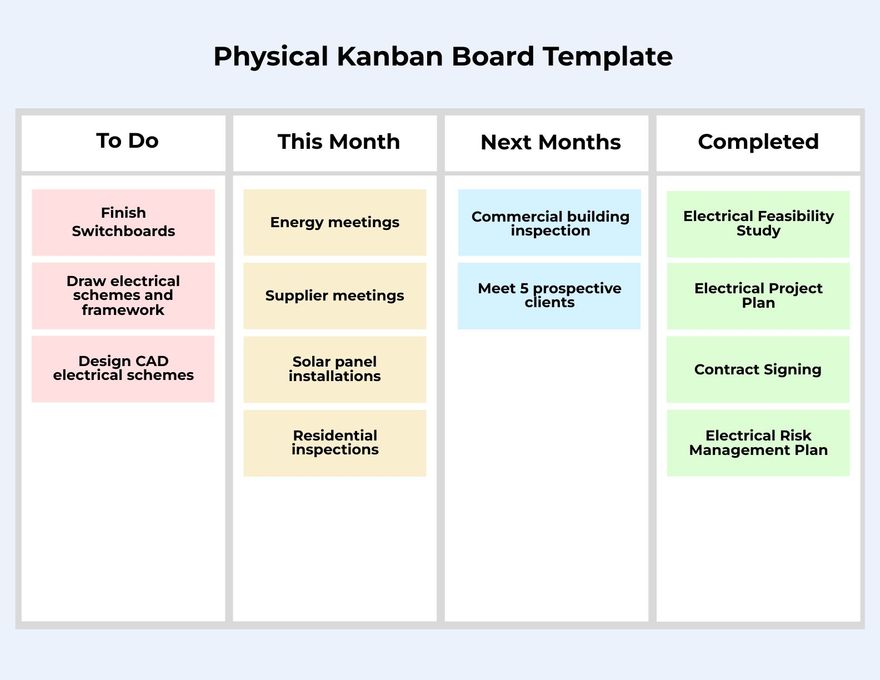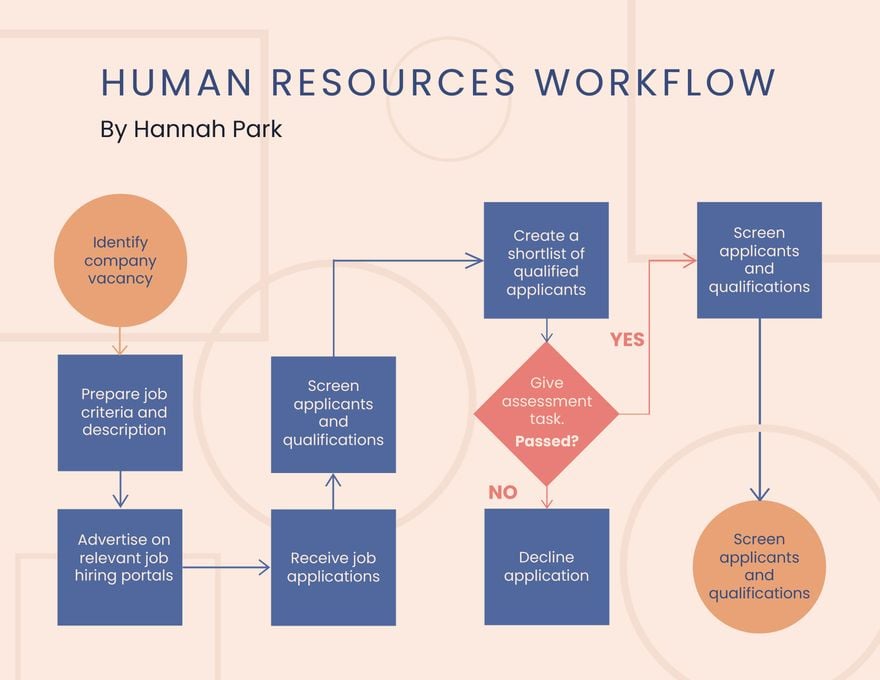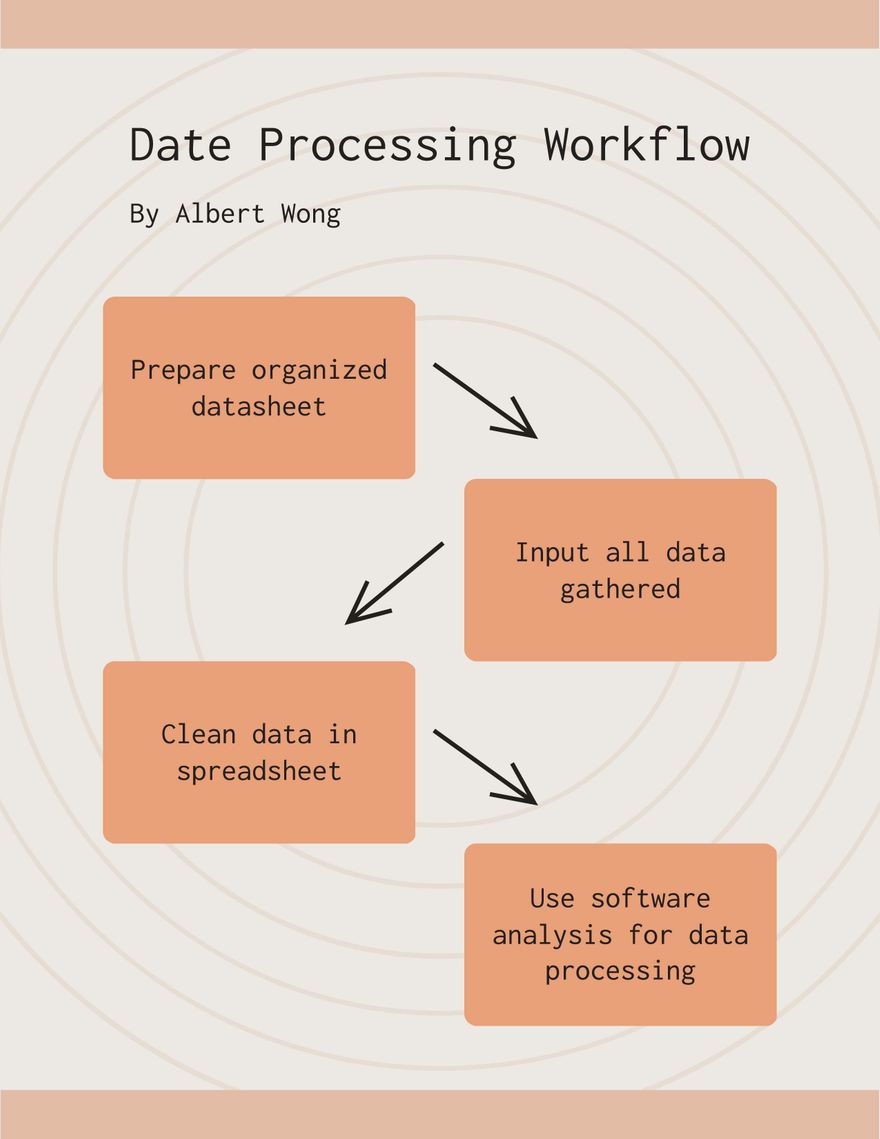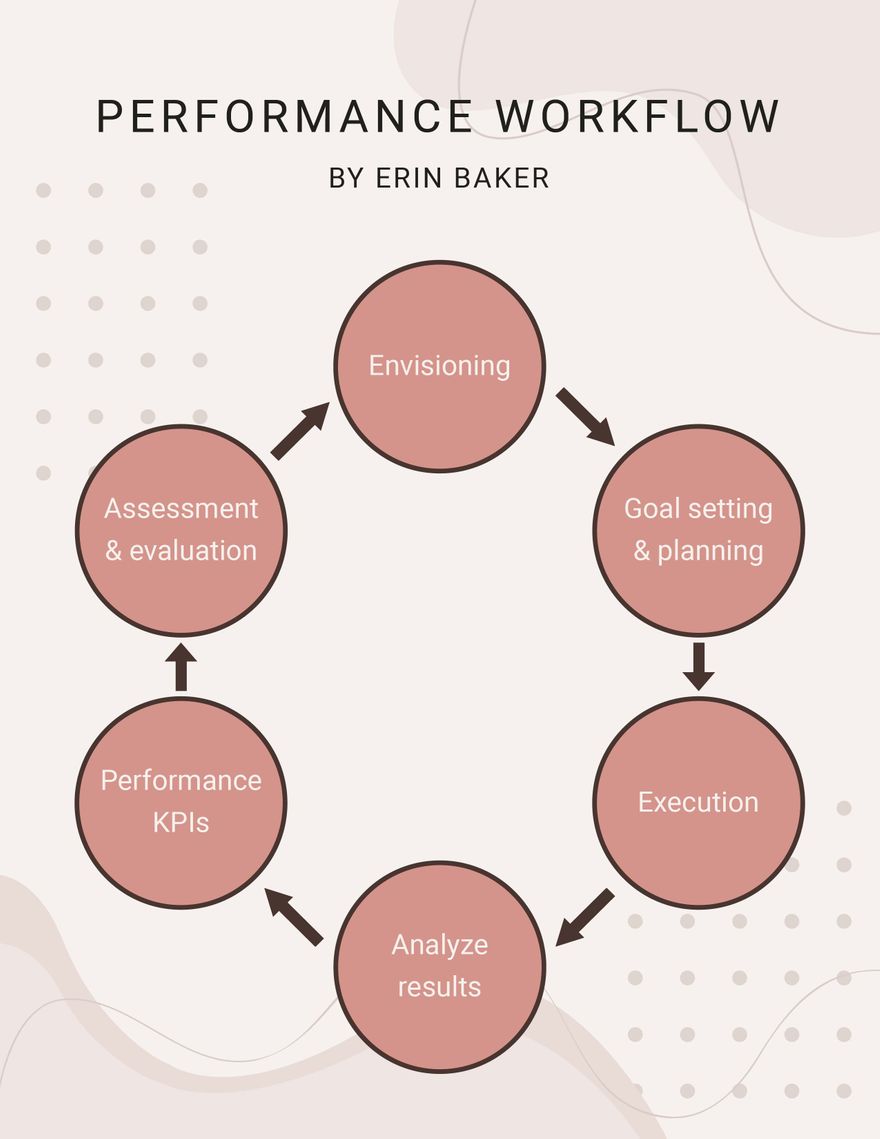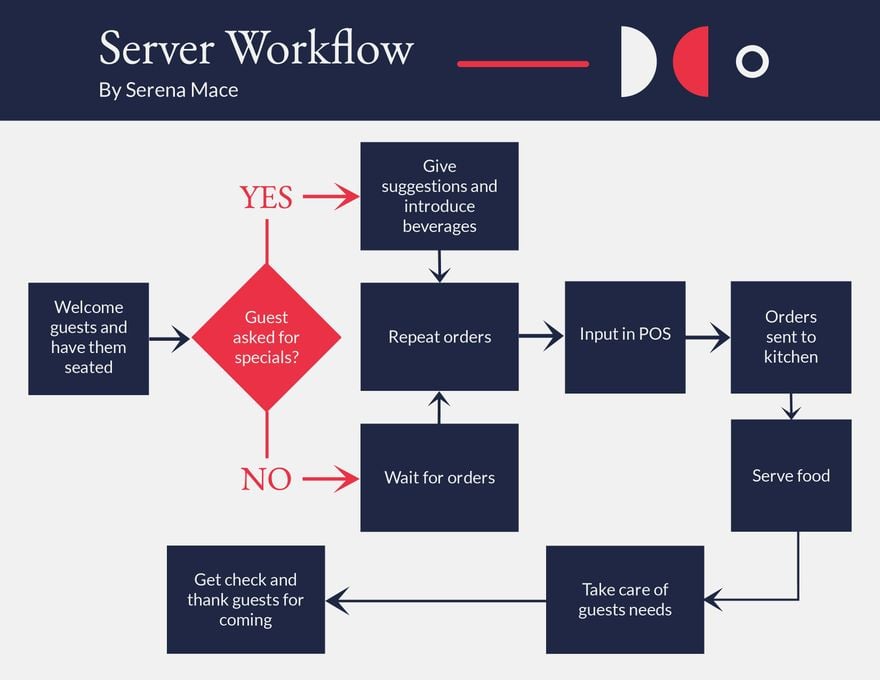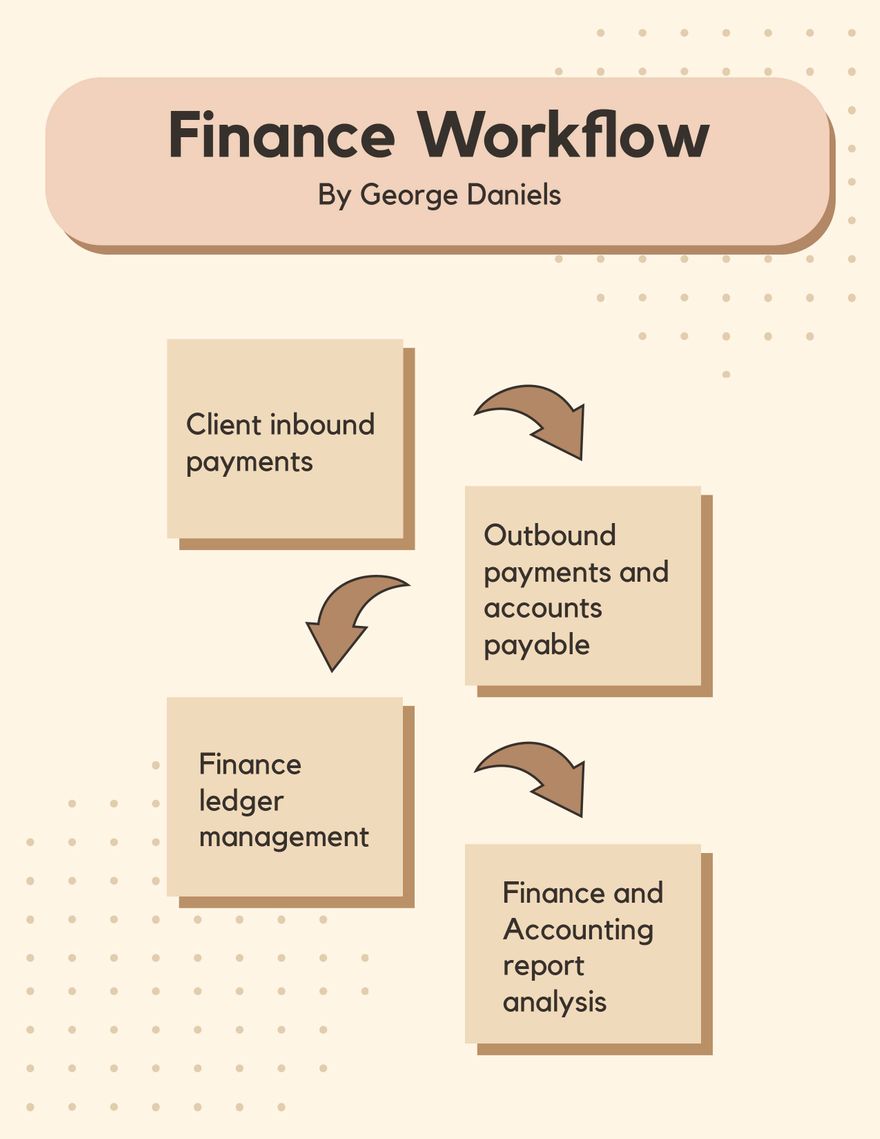Flowcharts graphically present how a process should be performed from start to finish. It helps individuals identify whether there are parts of the process that needs improvement. That's why it's imperative that you use one for the success of your business, project, or event. Don't have one yet? Check out our wide array of Workflow Flowchart Templates. Use this to avoid creating one from scratch. It contains suggestive headings and contents which you may edit in Microsoft Word, Apple Pages, Google Docs, and PDF. Skip the hassle and save your time. Subscribe and download our templates now!
How to Make a Workflow Flowchart?
A flowchart is a diagram that depicts a picture of how a process is done in chronological order. Whether in business, healthcare, eCommerce, photography, or website creation, these are essential to ensure that the exact process is performed and in identifying the individuals assigned to that process. Below is a guide that will help you create a systematic workflow flowchart.
1. Identify and Collect the Required Data
For starters, you have to identify the use of the flowchart you'll be creating first. Is it a business process flow chart? A workflow payroll process flowchart? Or a ticketing system flowchart? Then, you must collect and list down all the data required to create the flowchart.
2. Understand and Create the Process Flow
Once you have all the data you need, understand the current workflow structure (if there's one). It's necessary because if you have to come up with a new and improve work order workflow you need to clearly understand the current one. And remember, when you create the steps use a simpler language and avoid using jargon so that the people who will be using the flowchart can easily understand how the process works.
3. Form the Chart
Now that everything is set, it's time to form your simple chart. Add all the details in an appropriate place with proper detailing. Or, use a ready-template from our array of Workflow Flowcharts, so you don't have to start off with a blank document.
4. Validate the Flowchart
When you create a chart, a review should always come after. Errors and mistakes could occur, or there could be missing information that you can fix on a repeated check.


